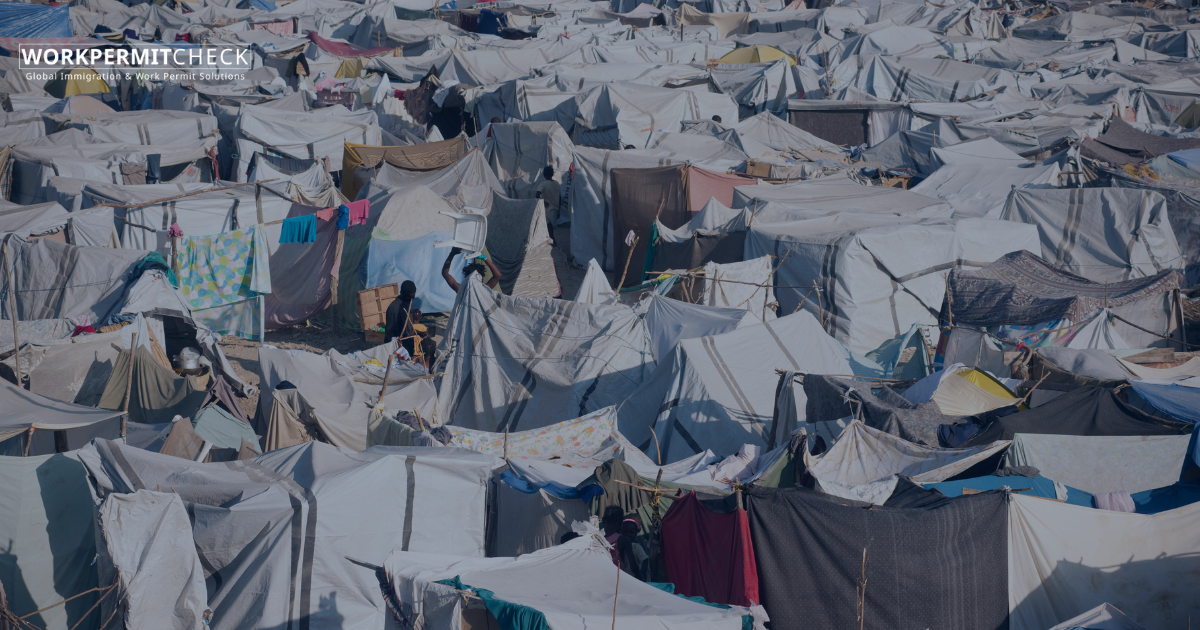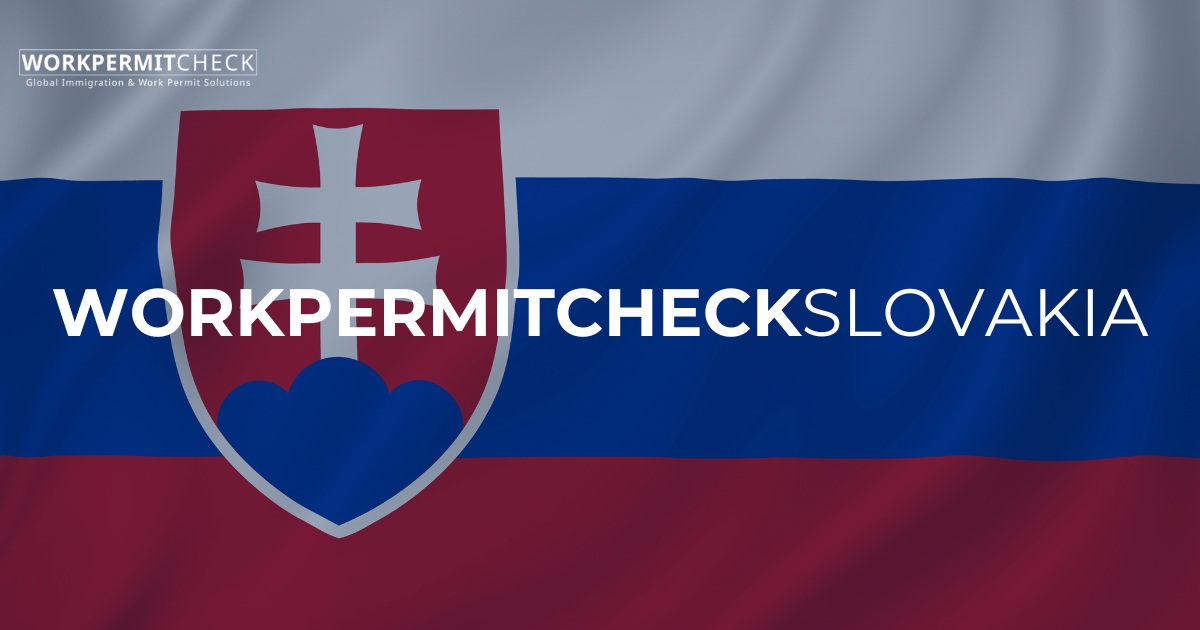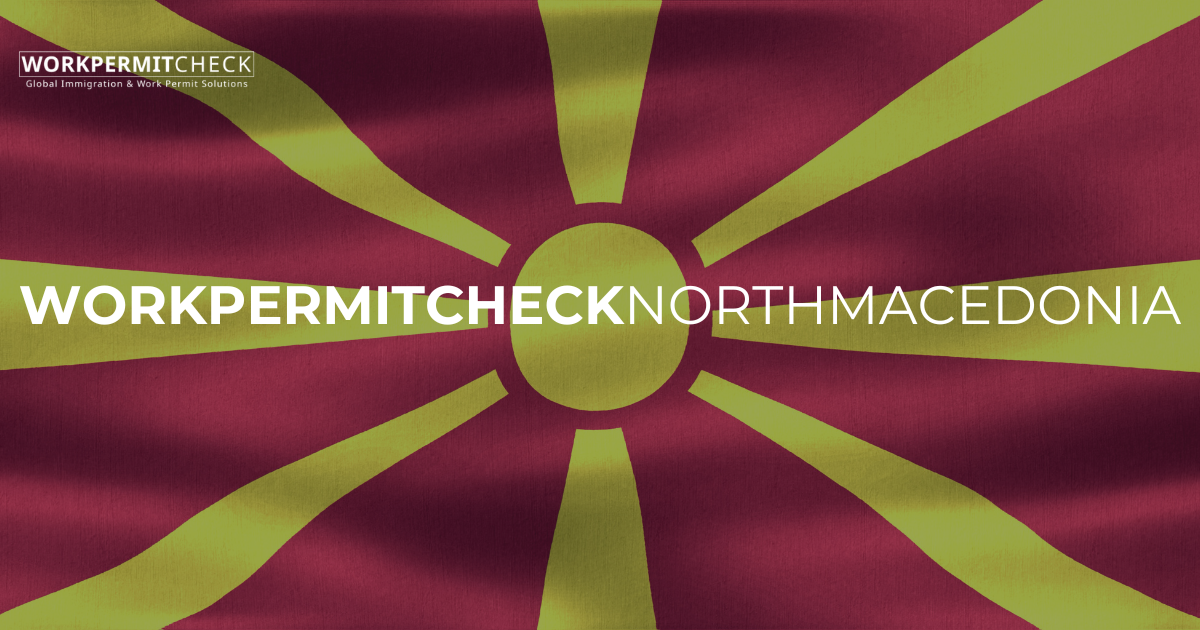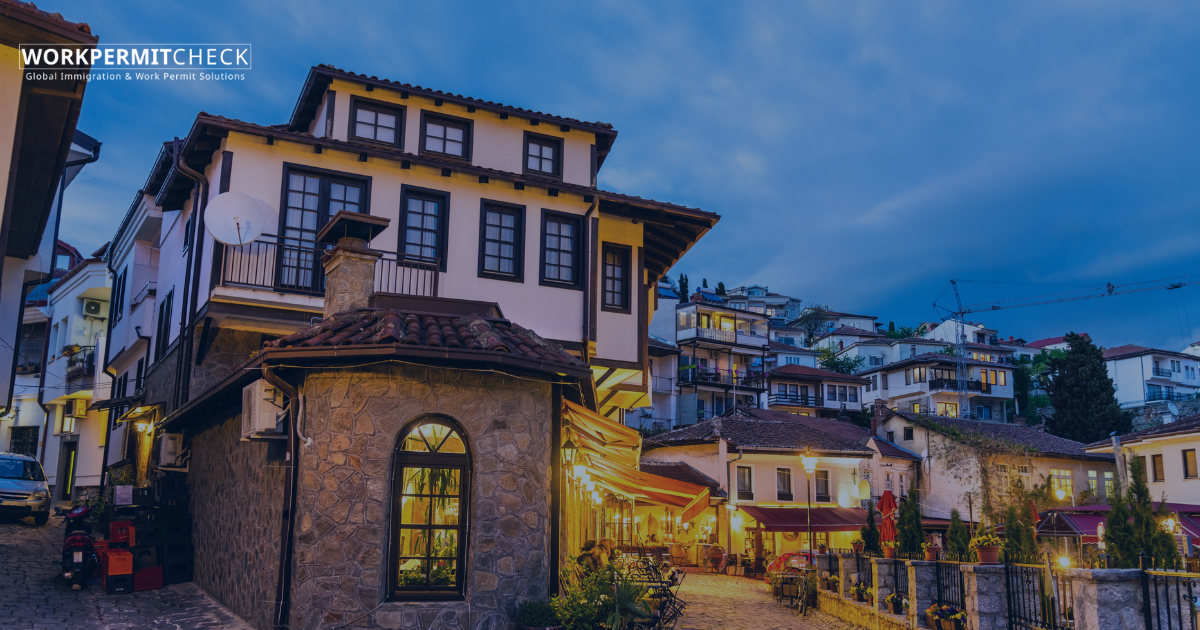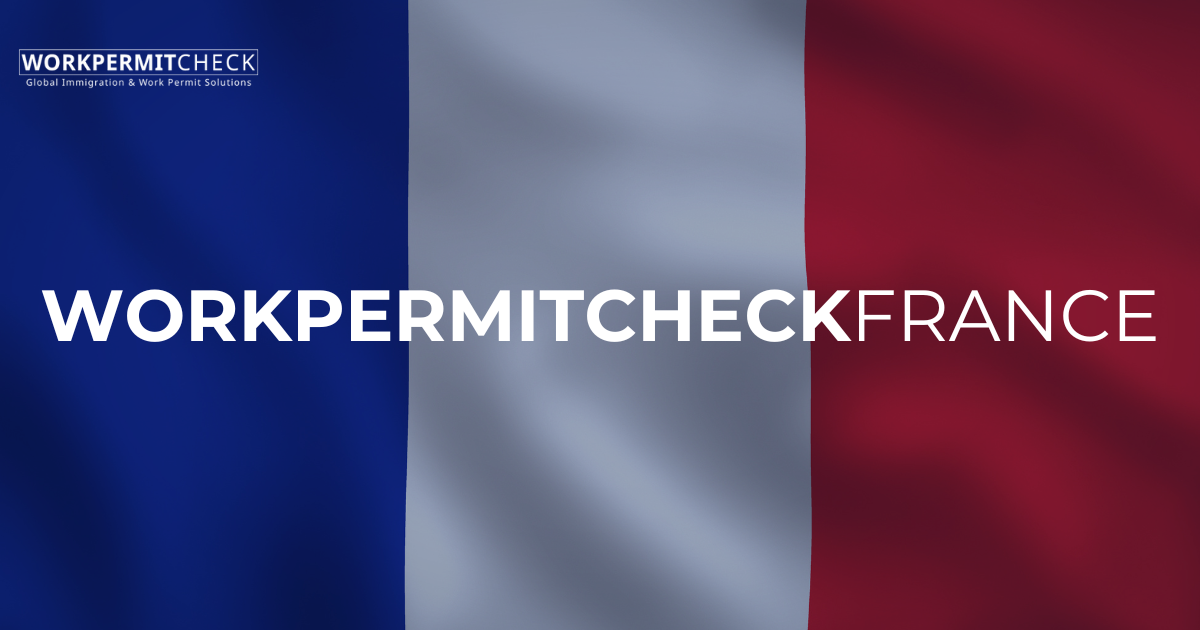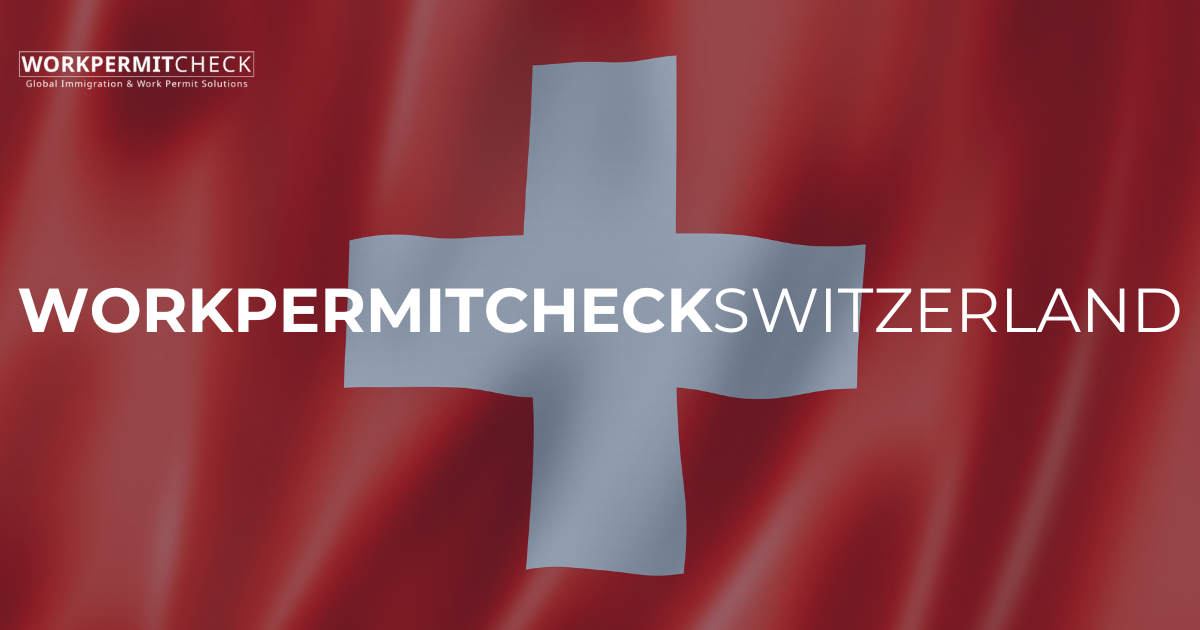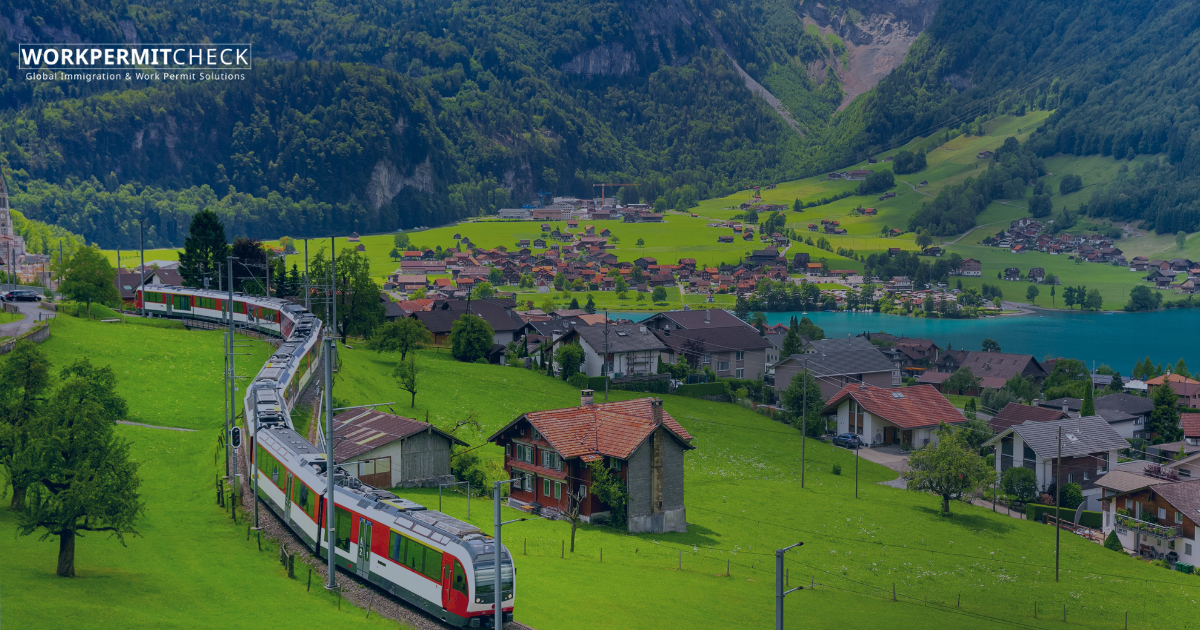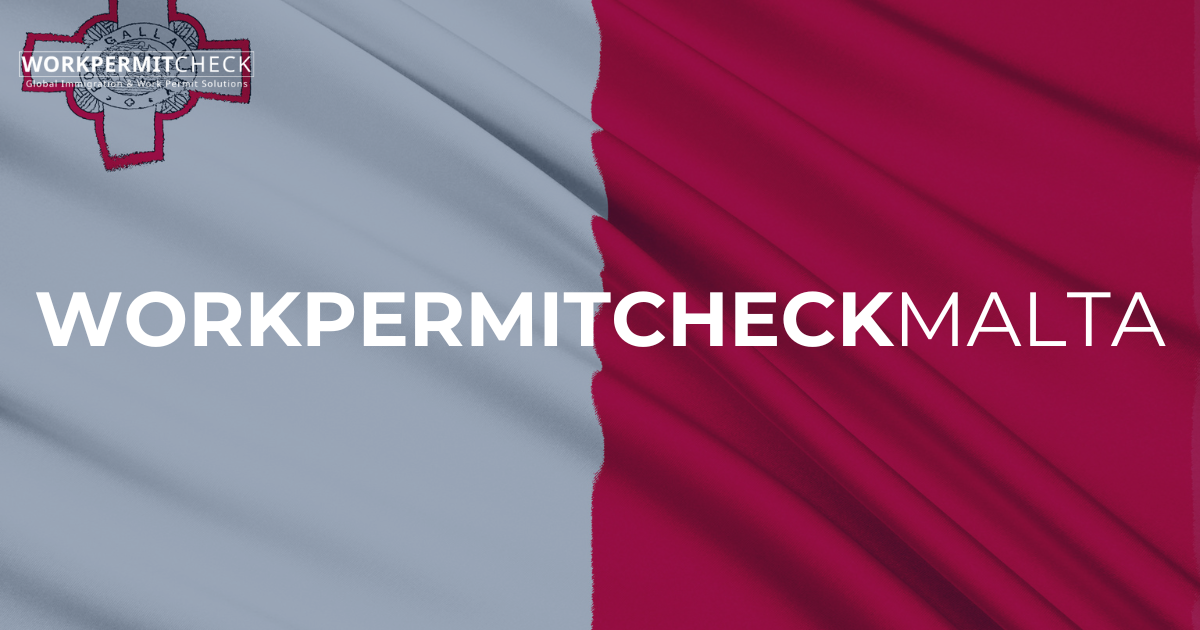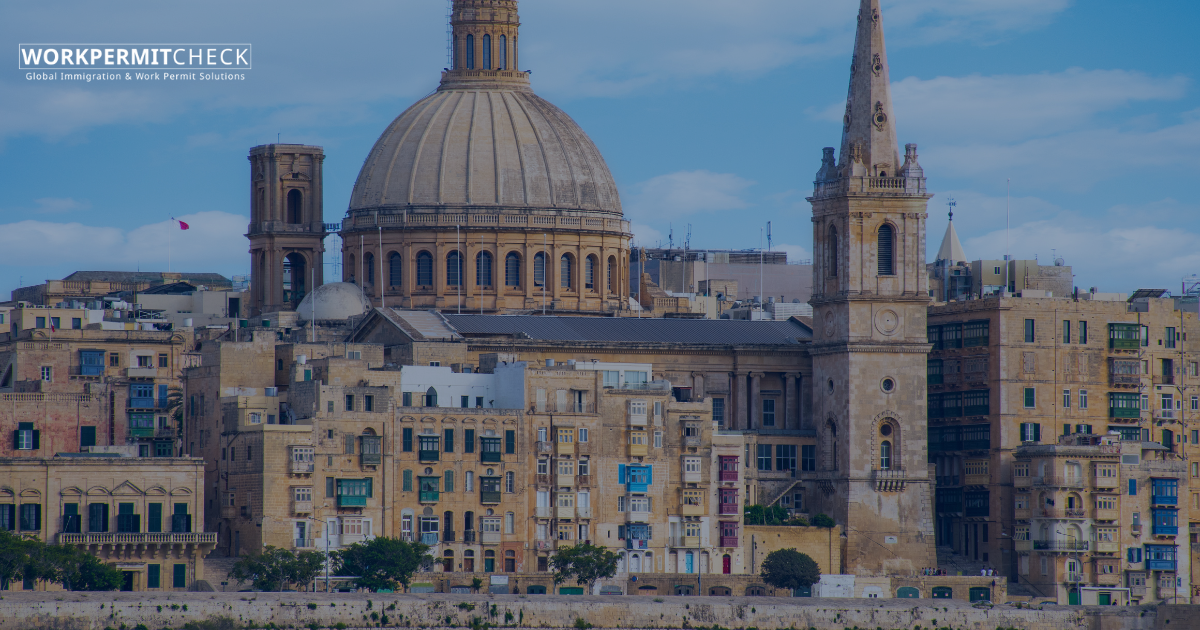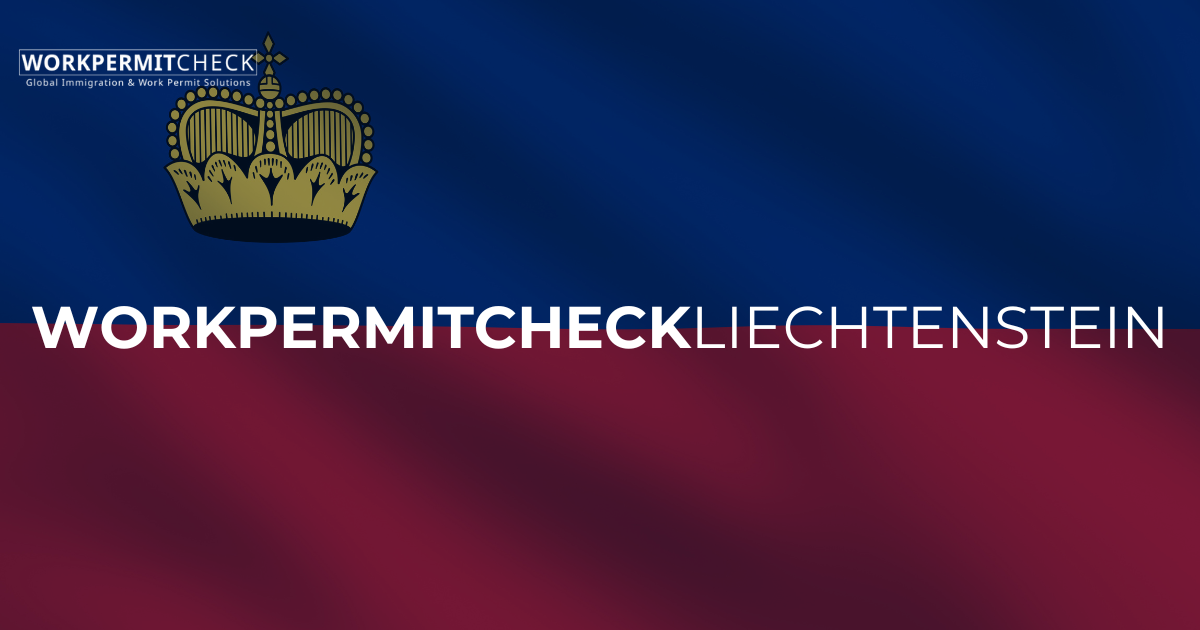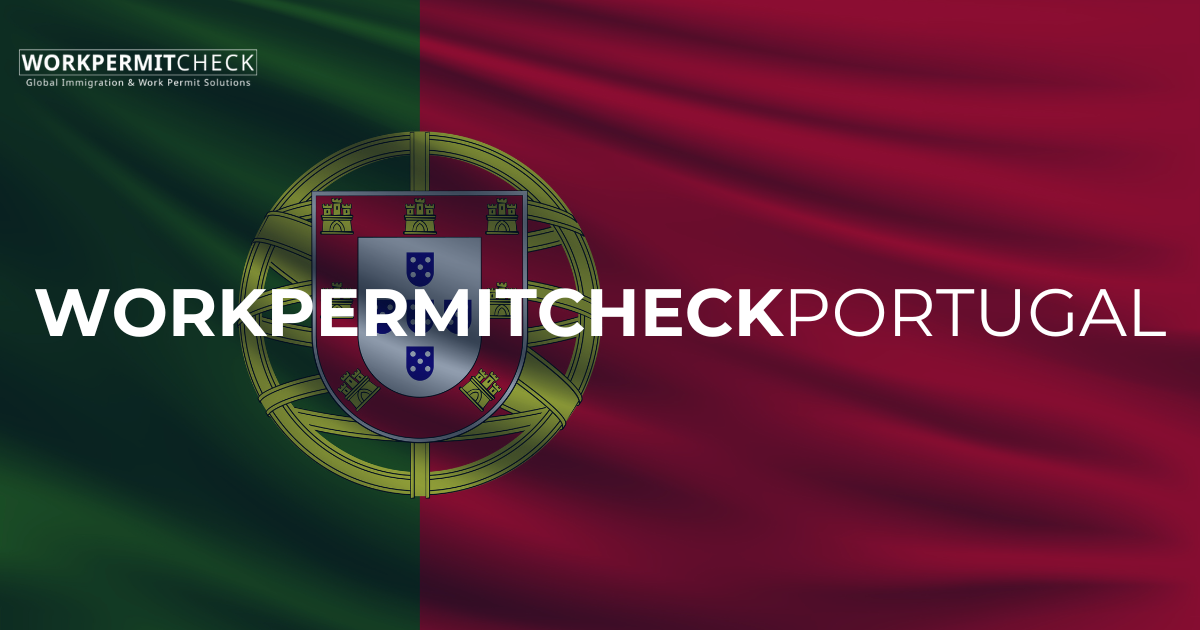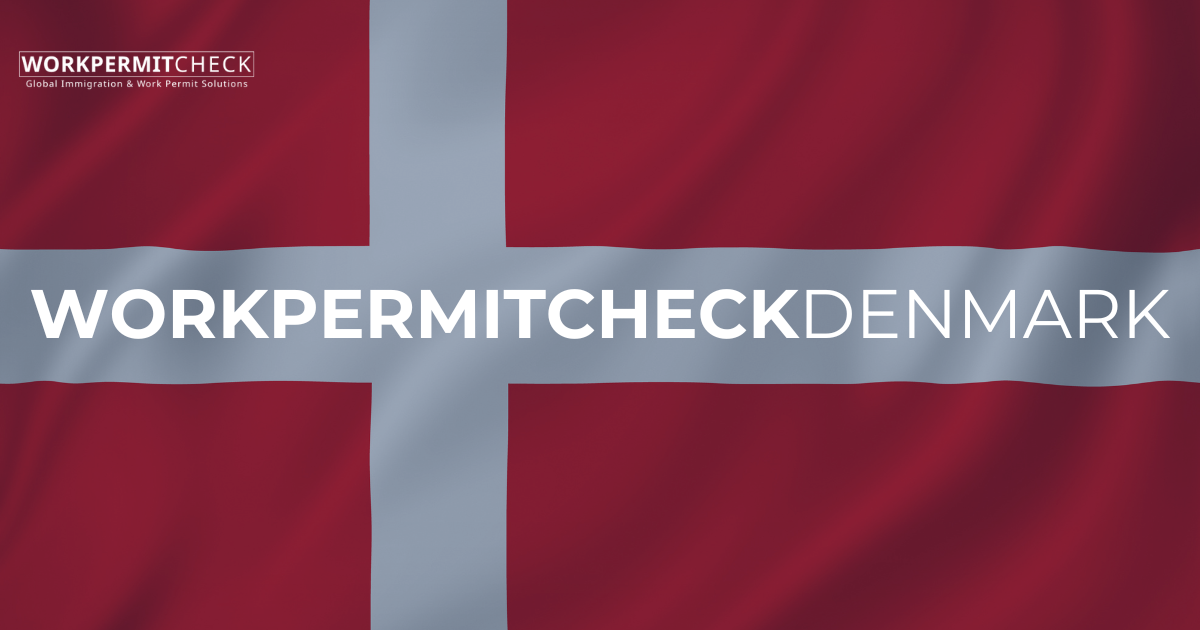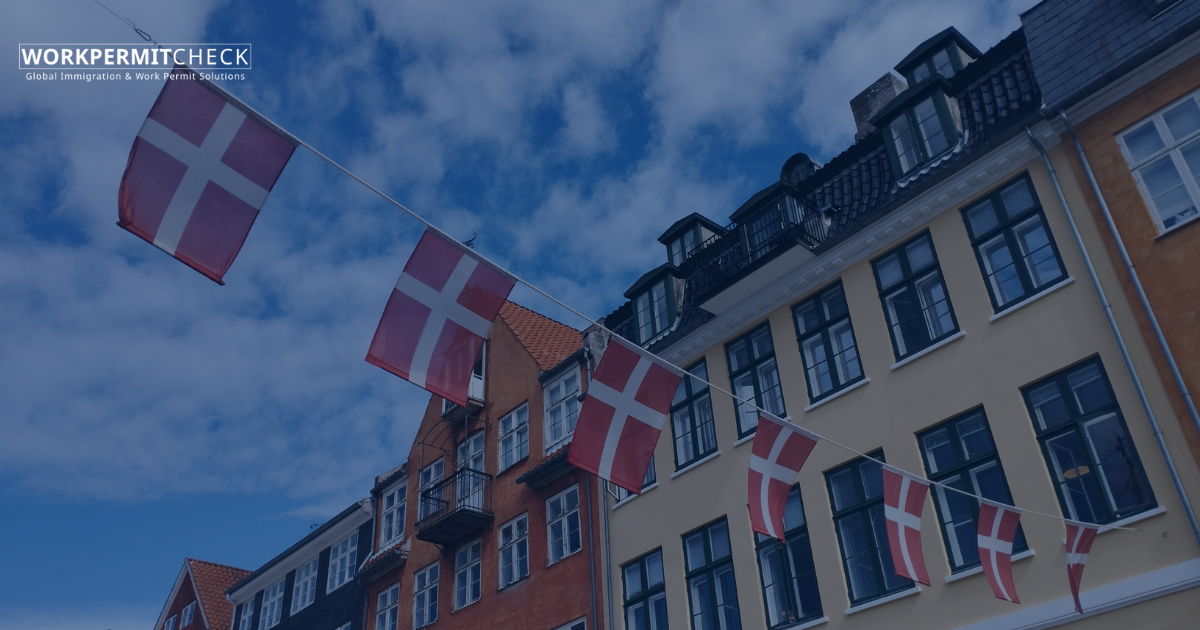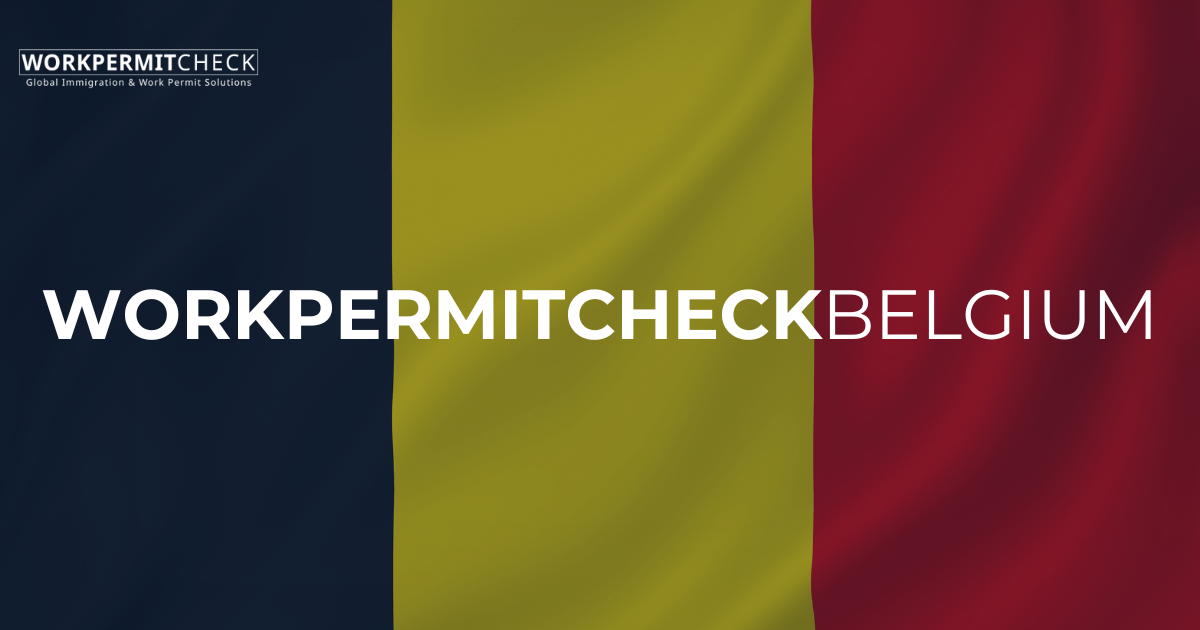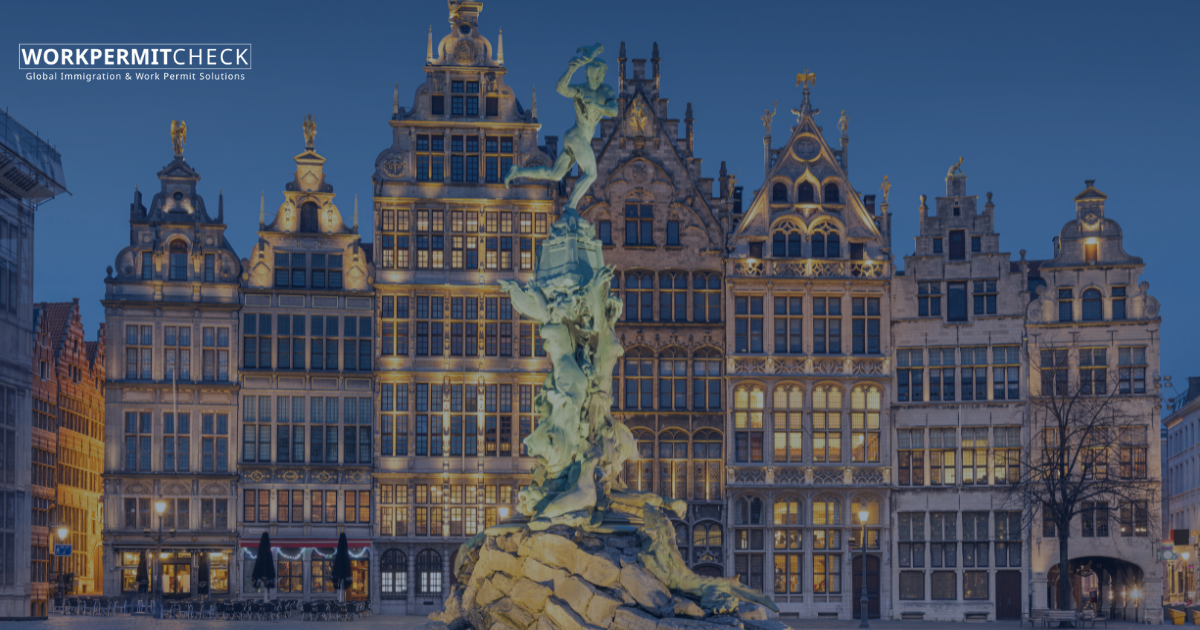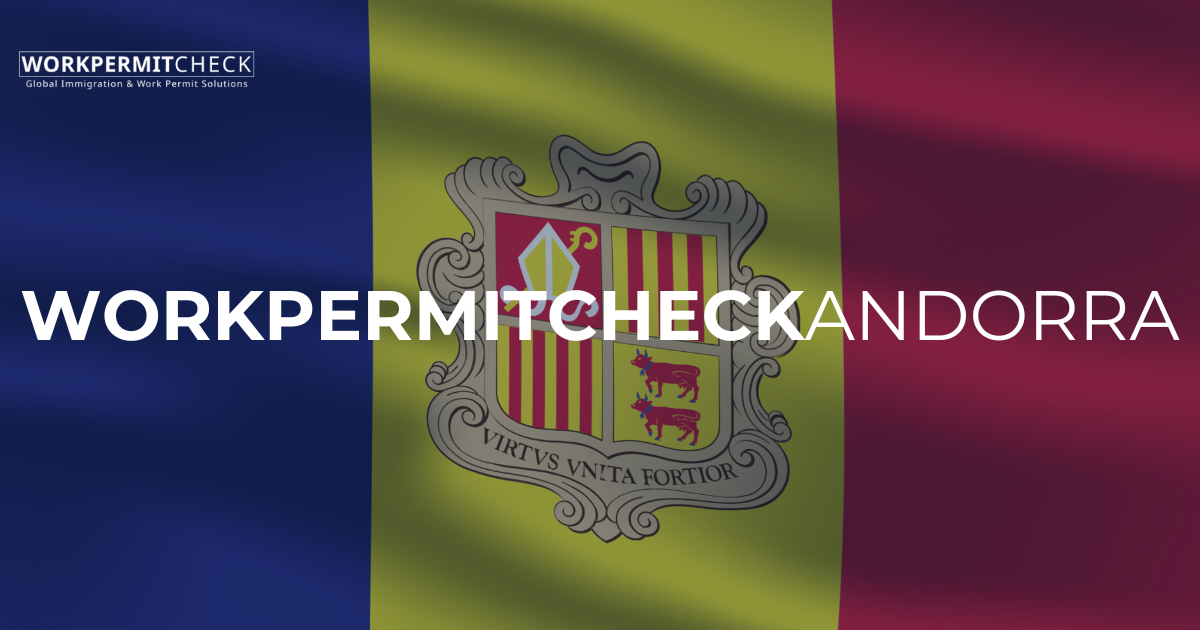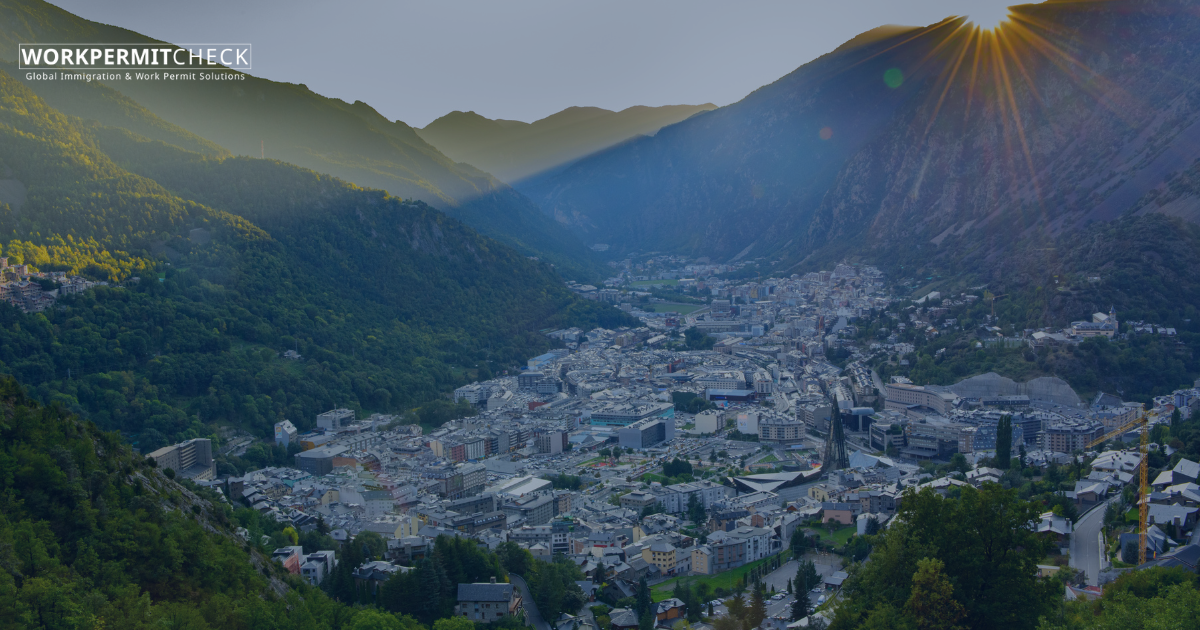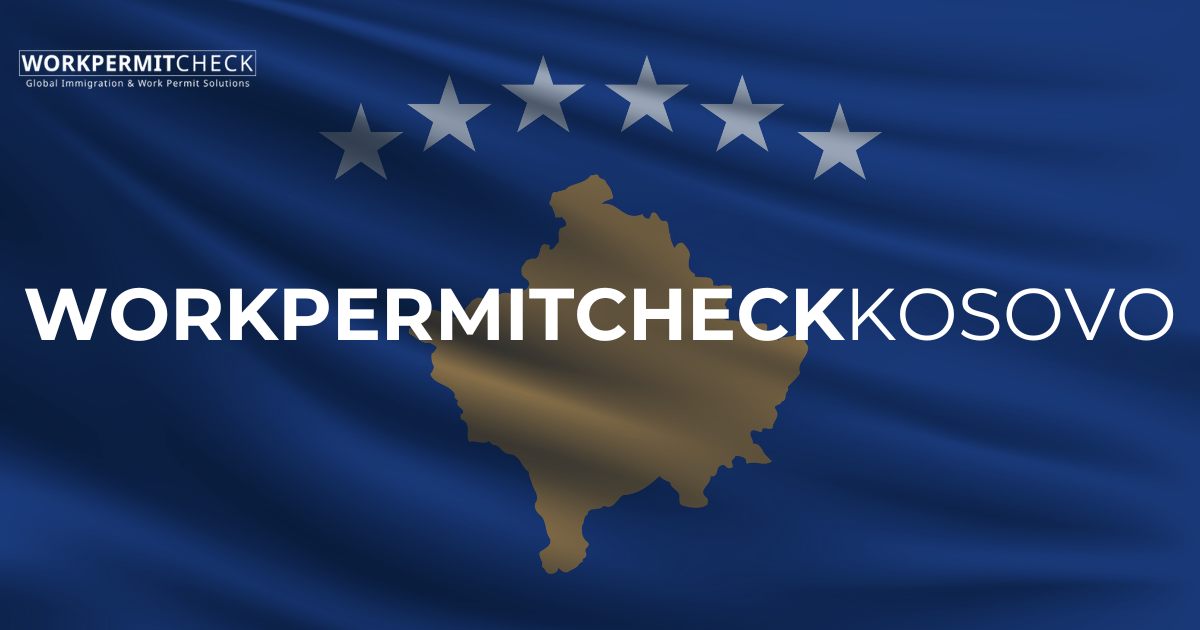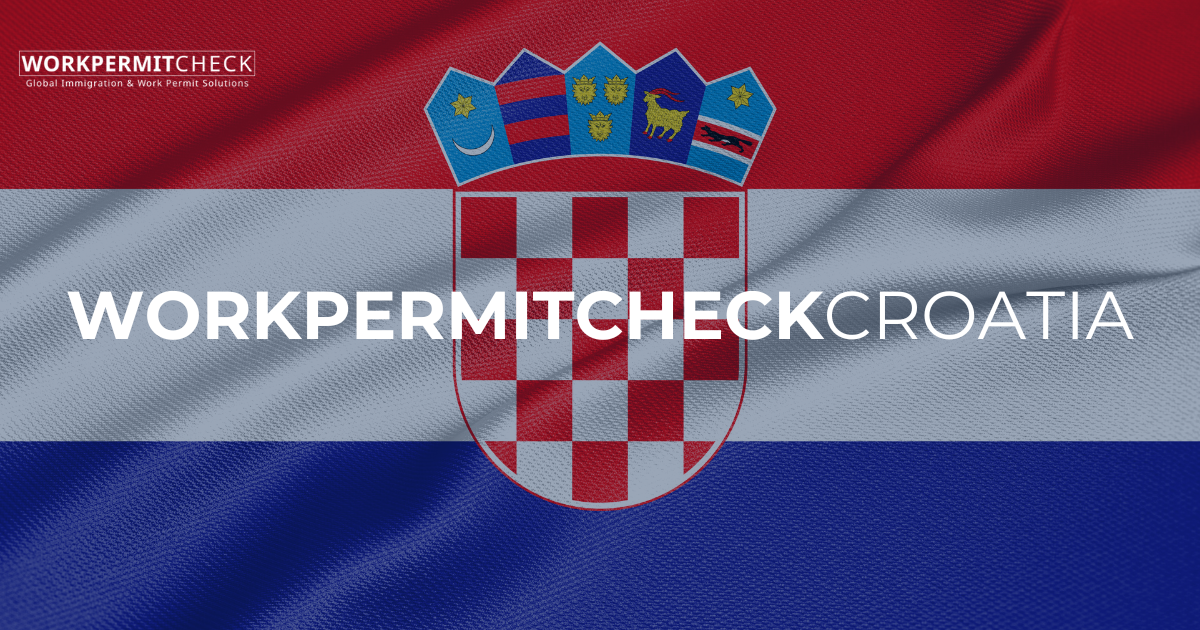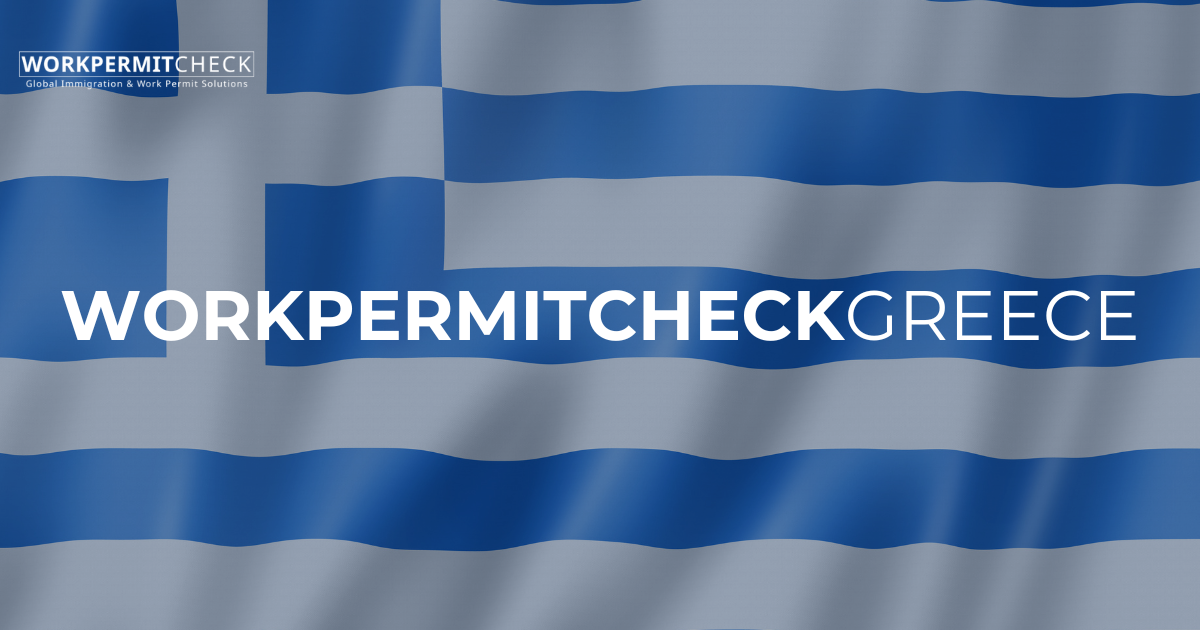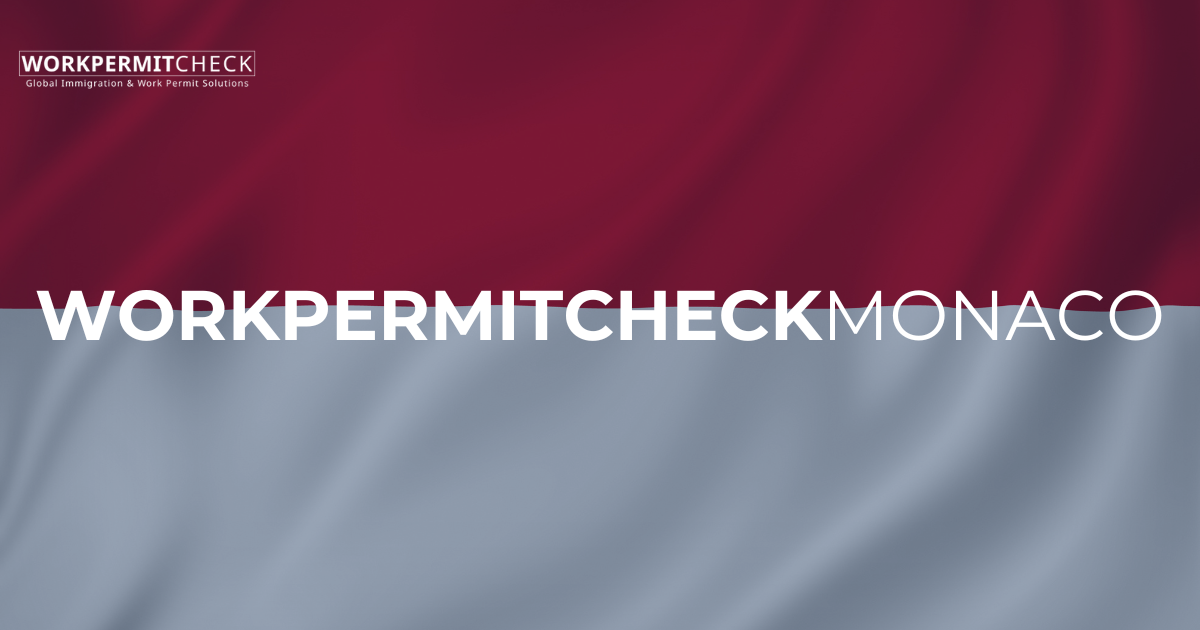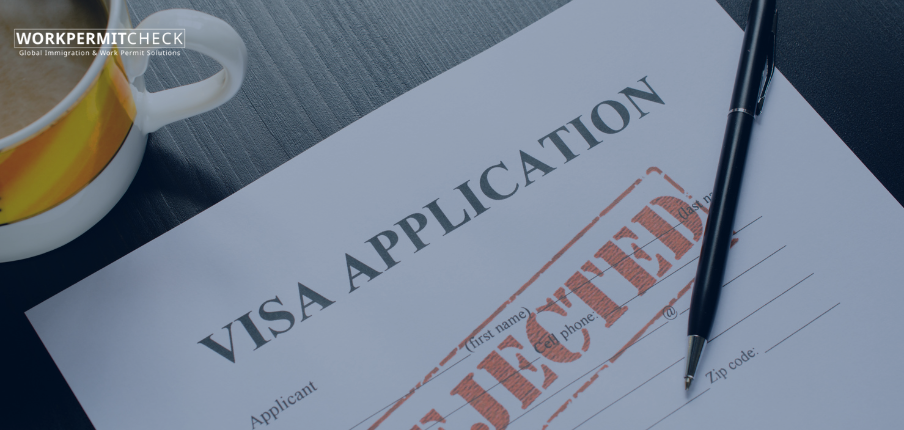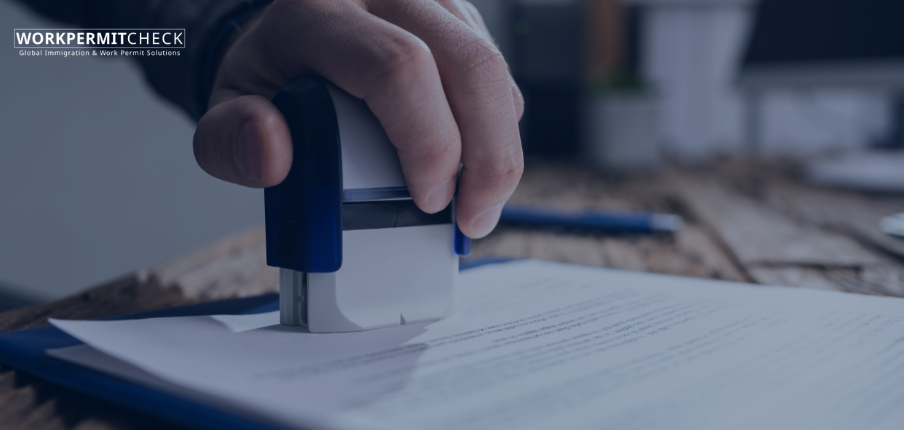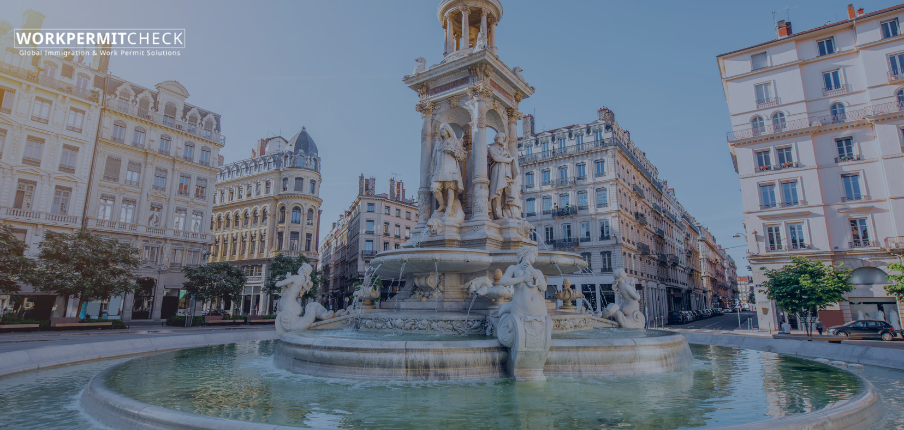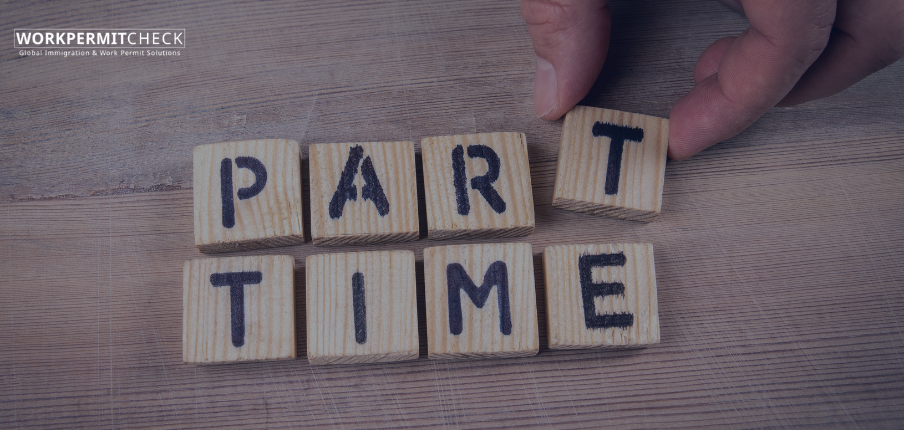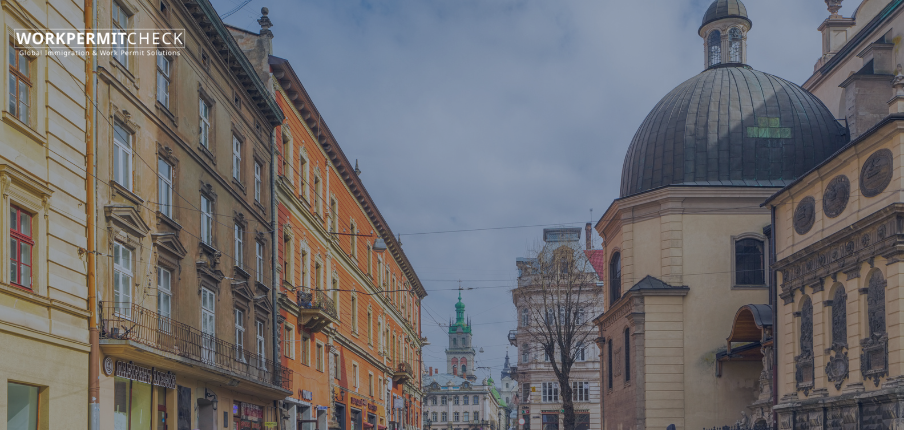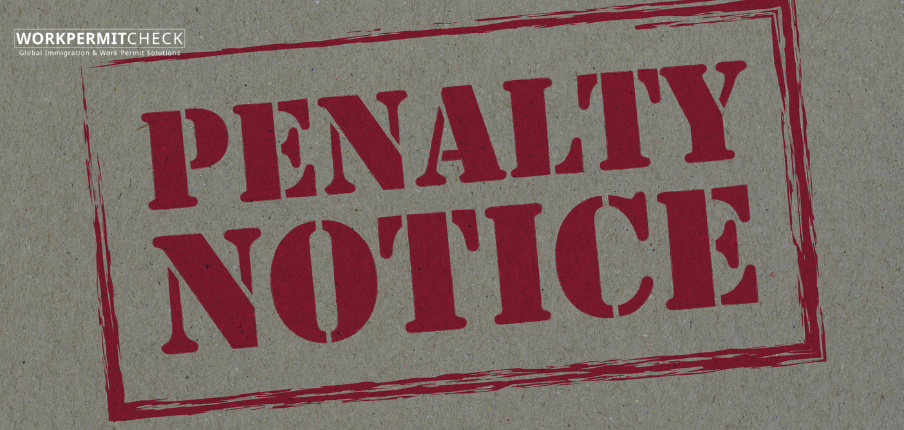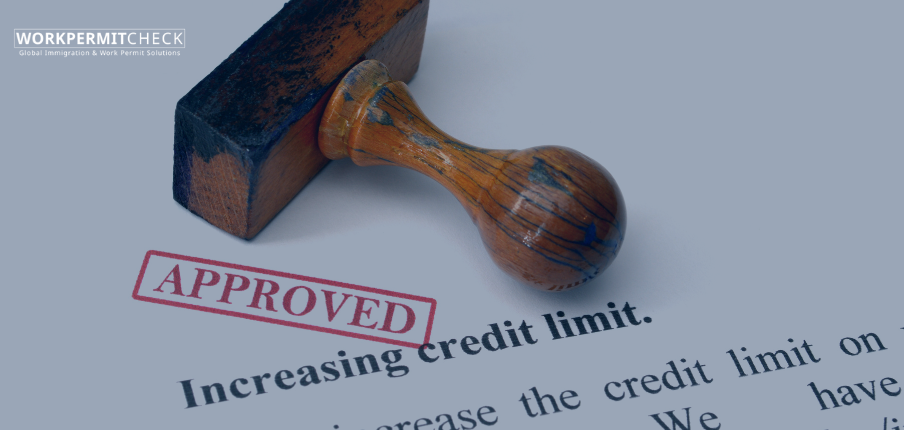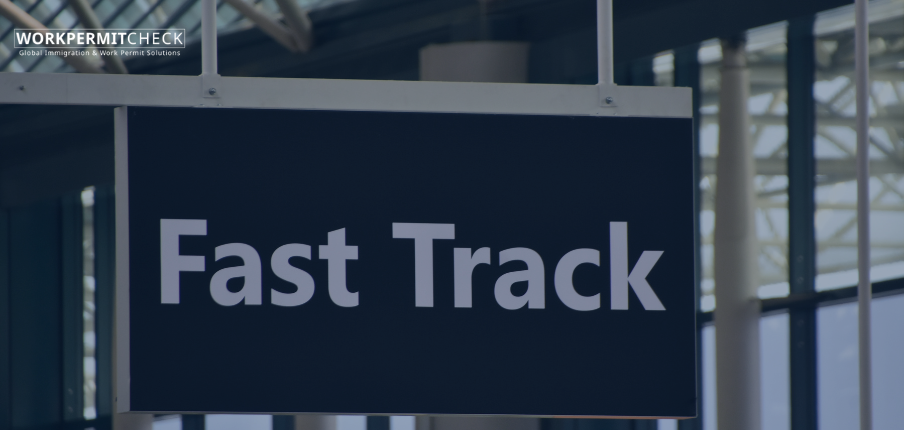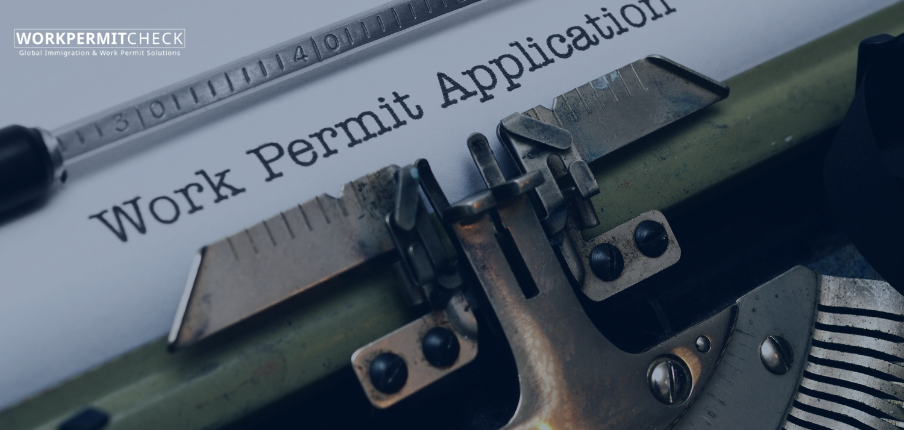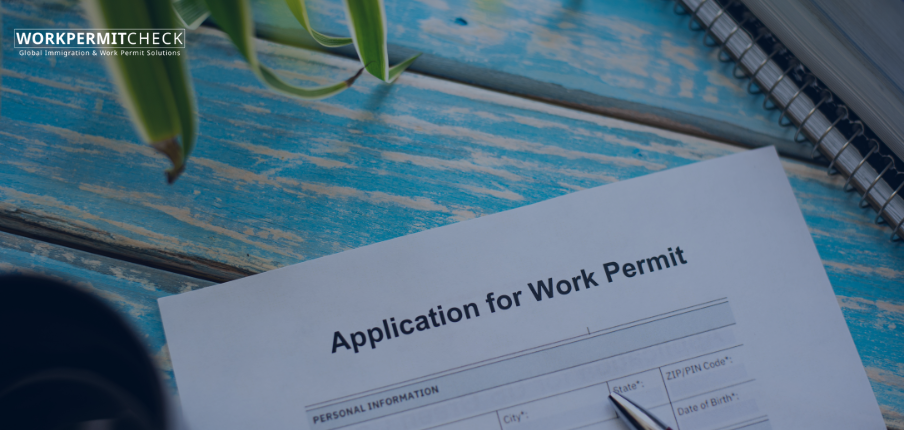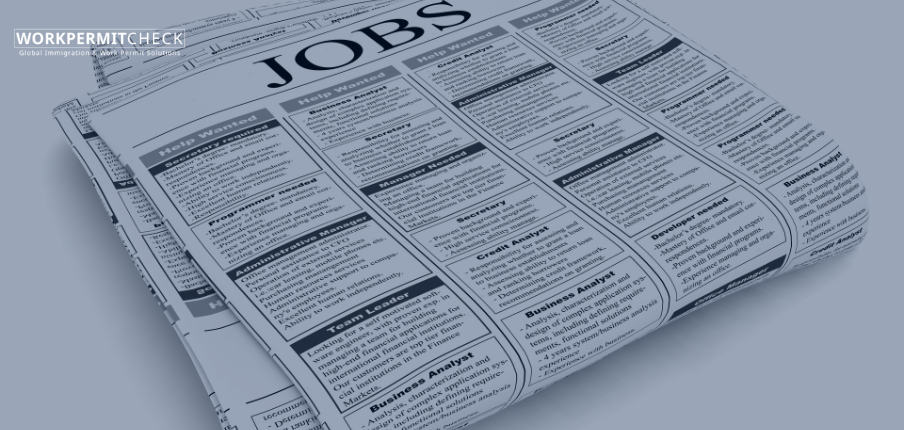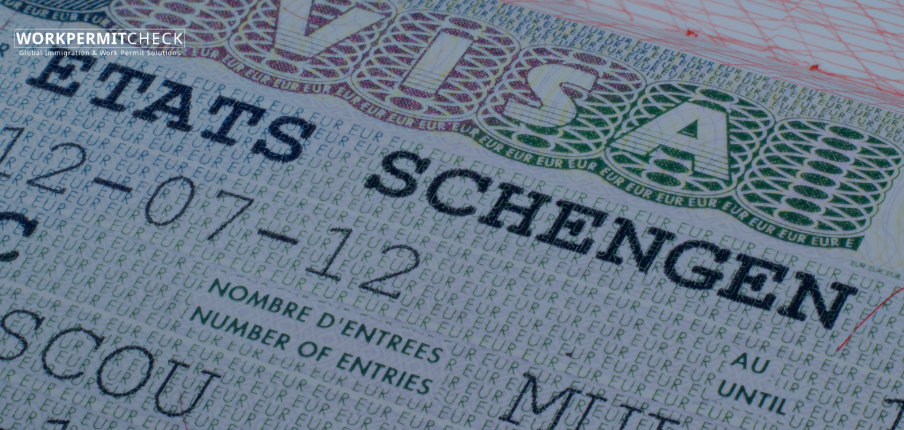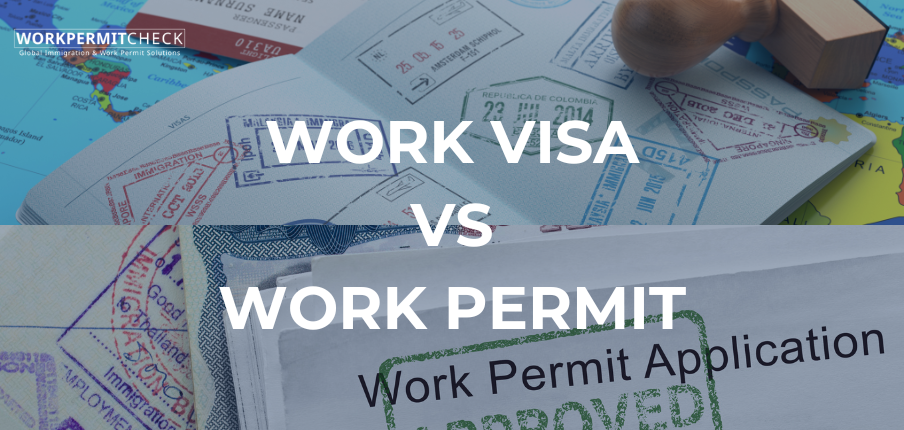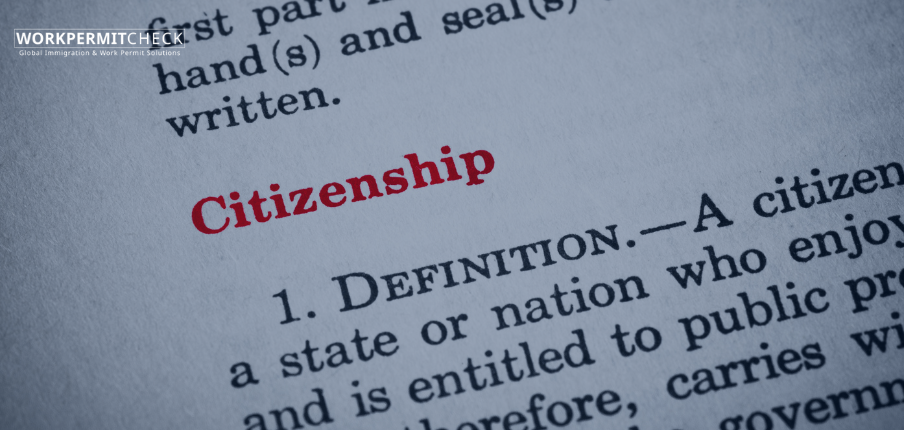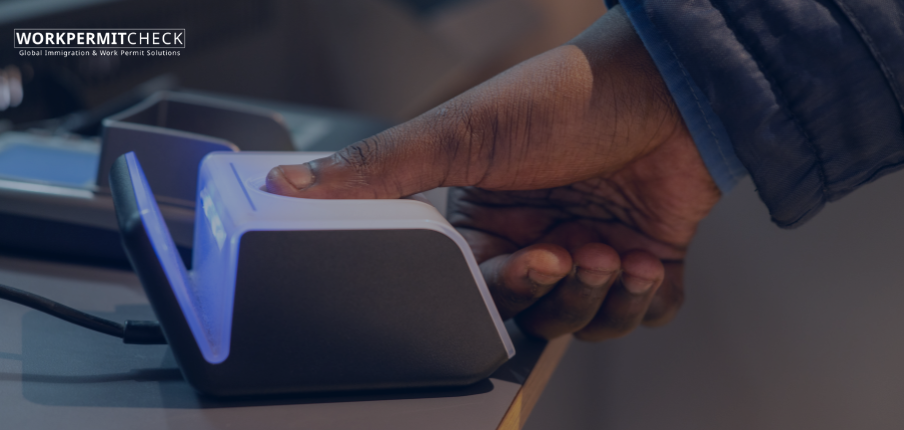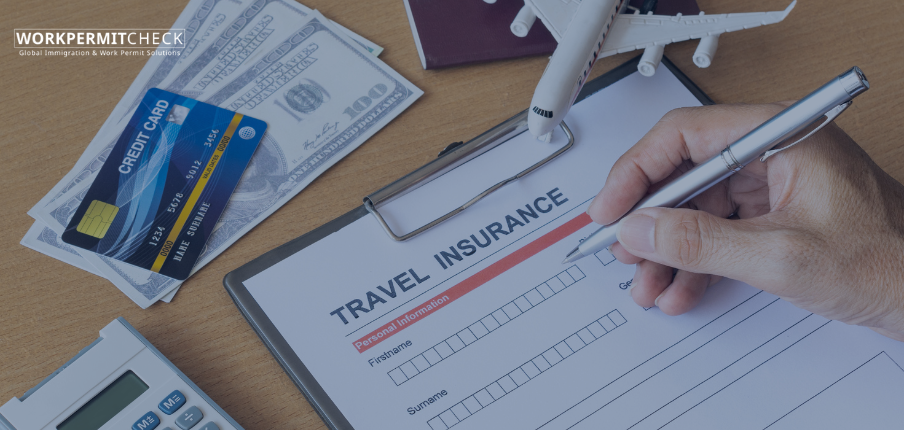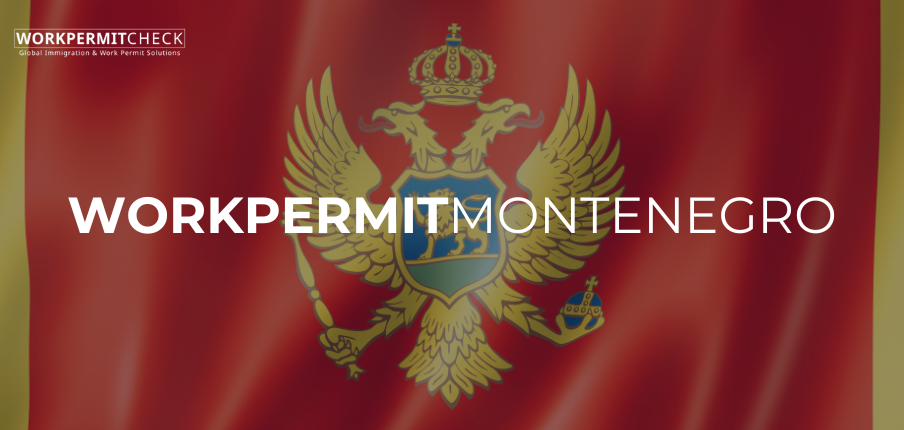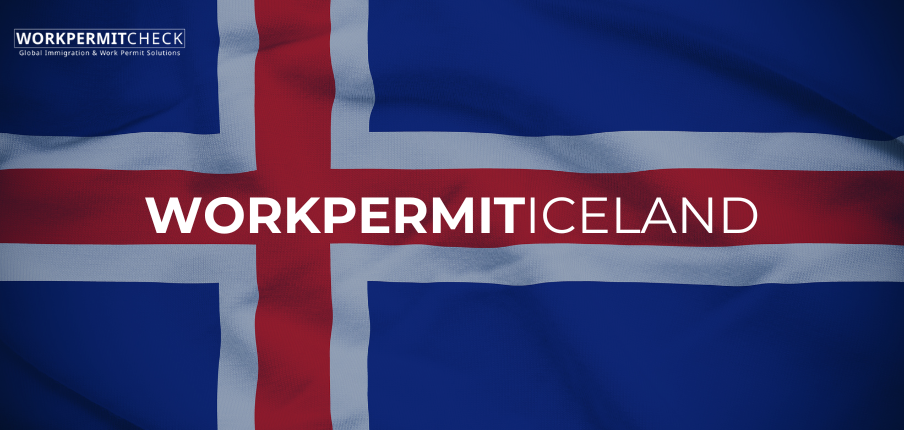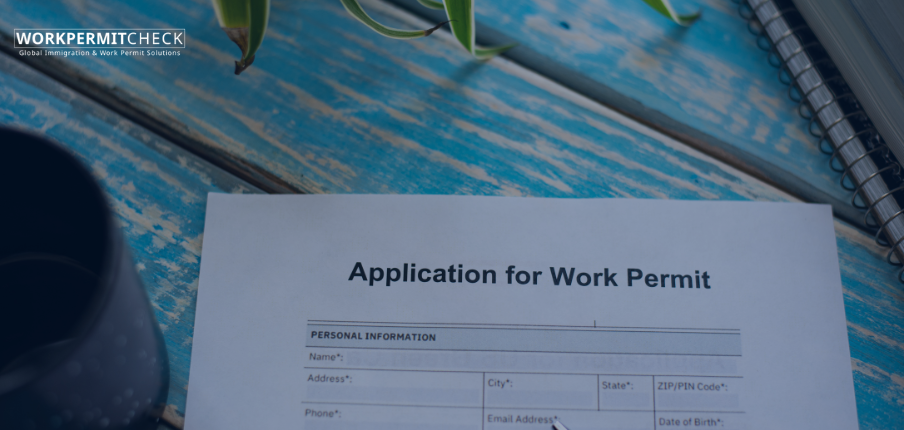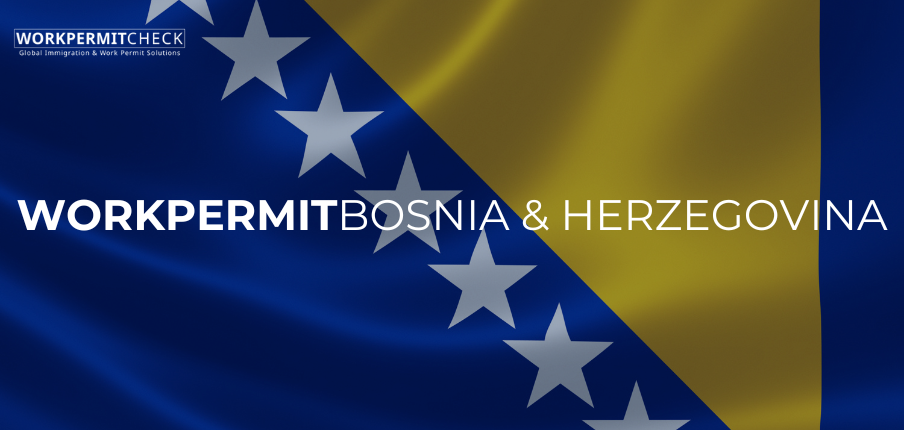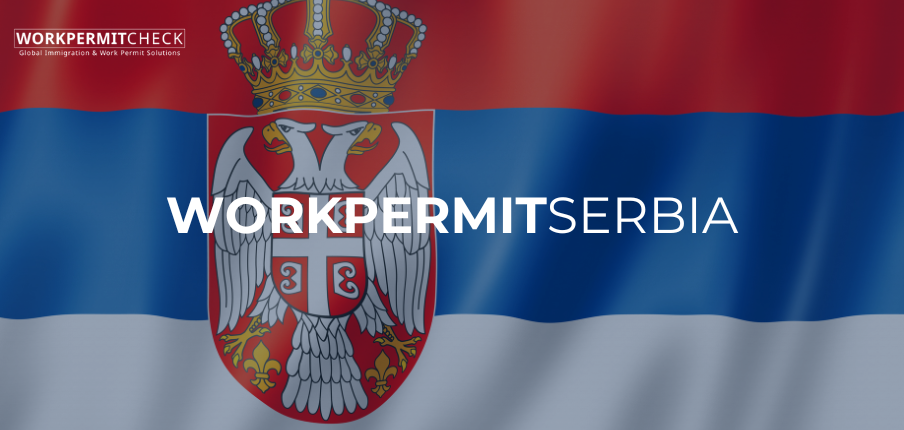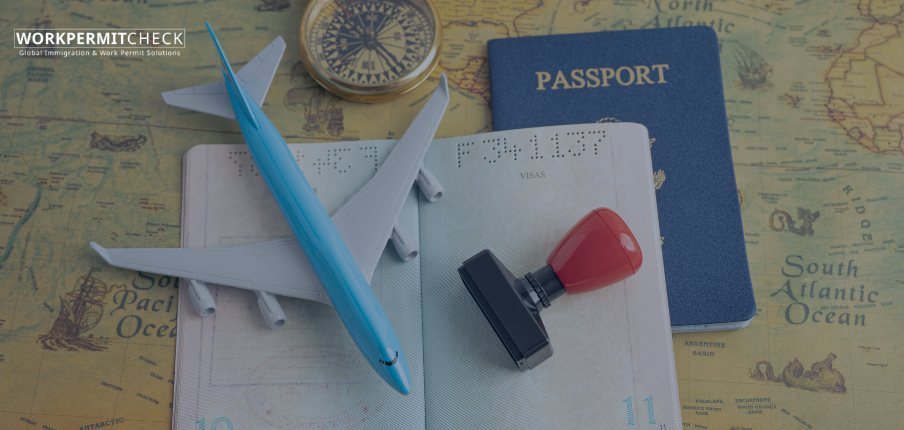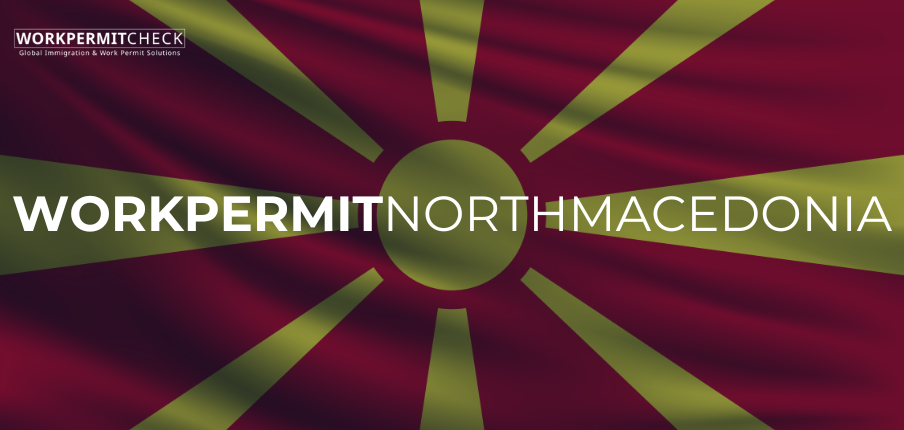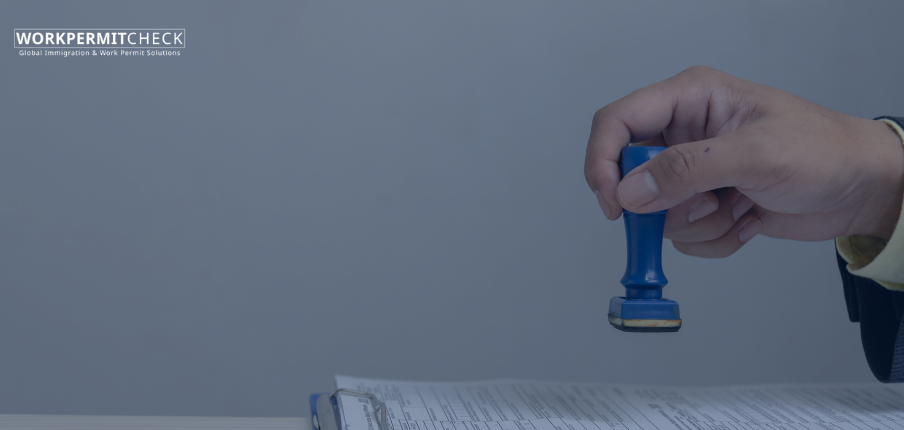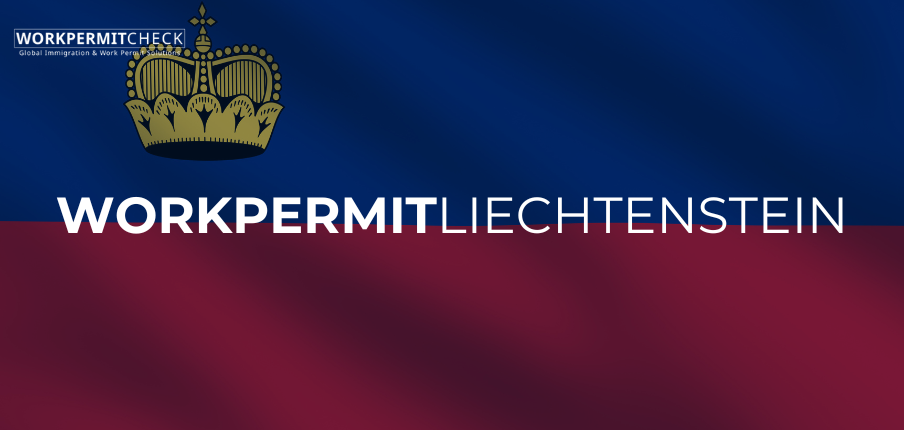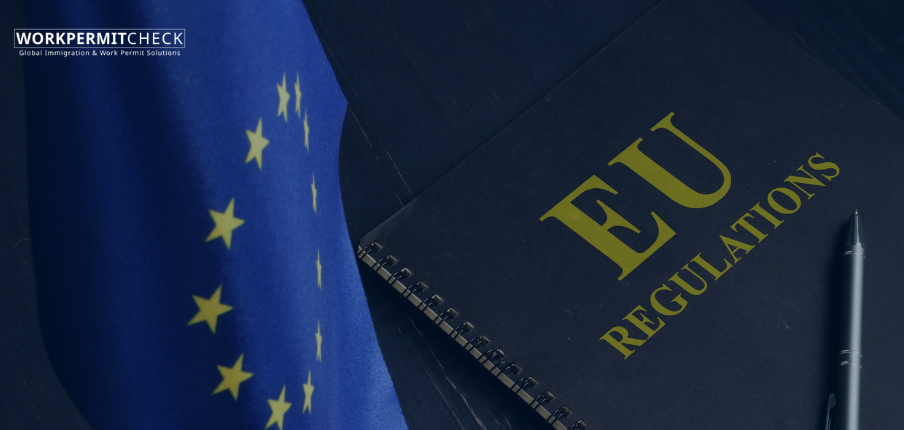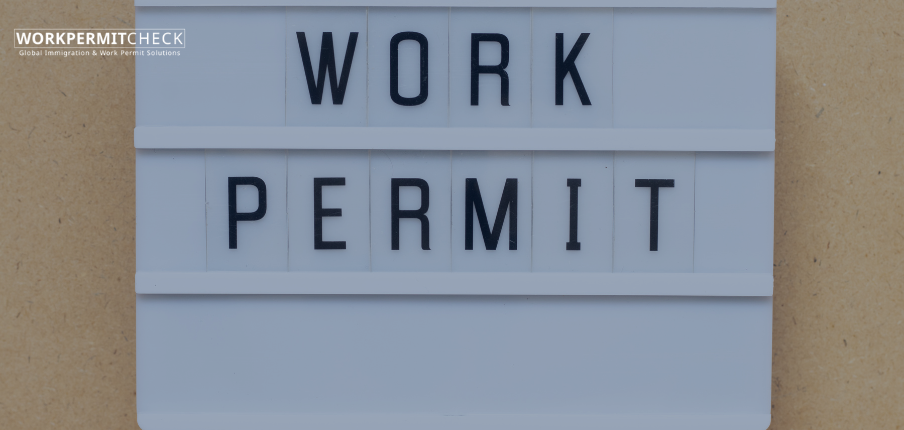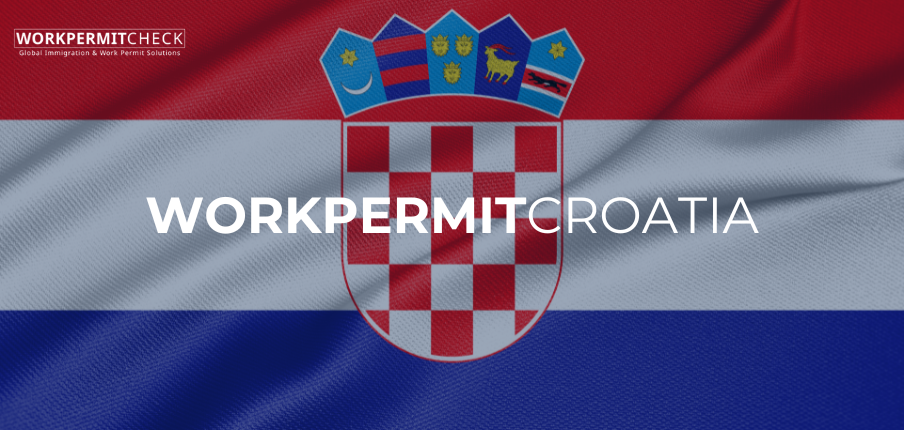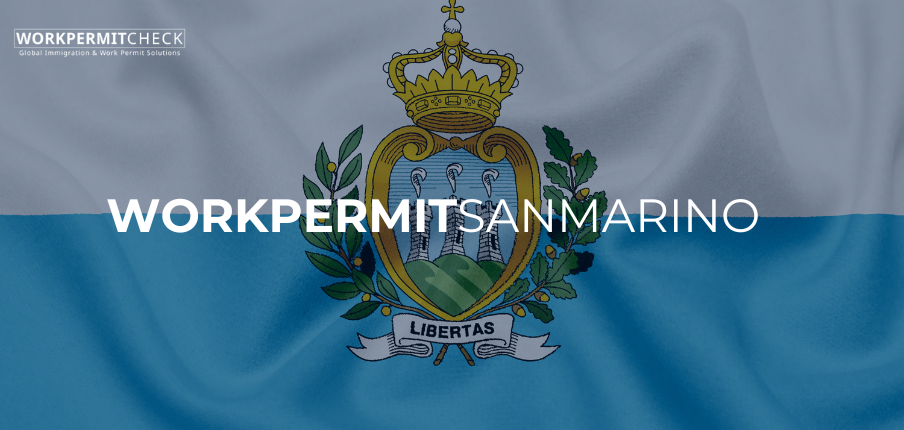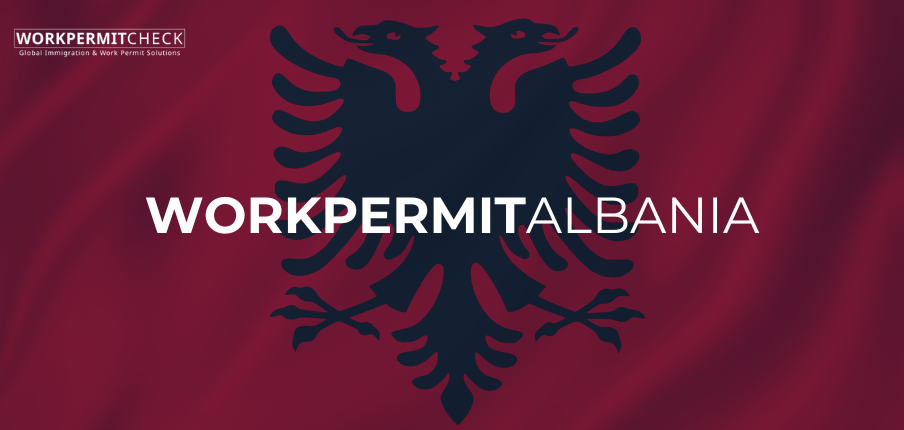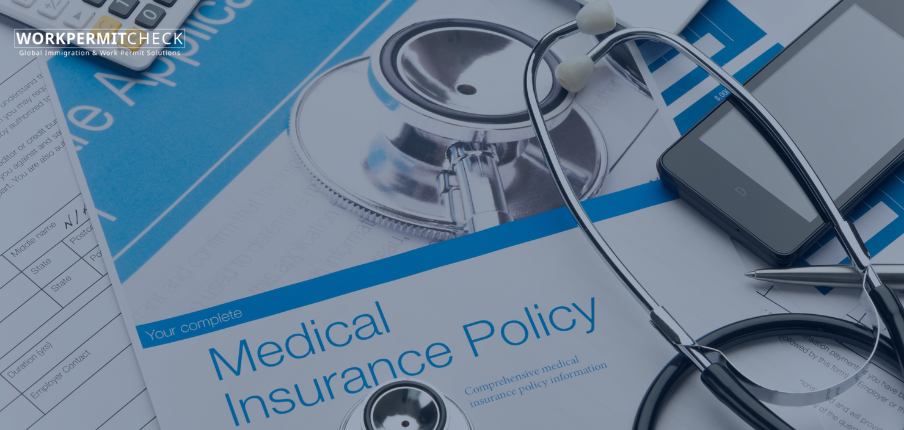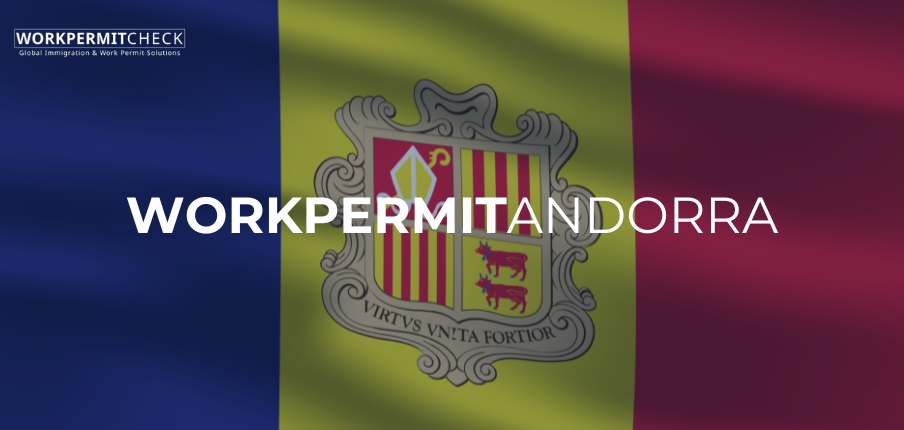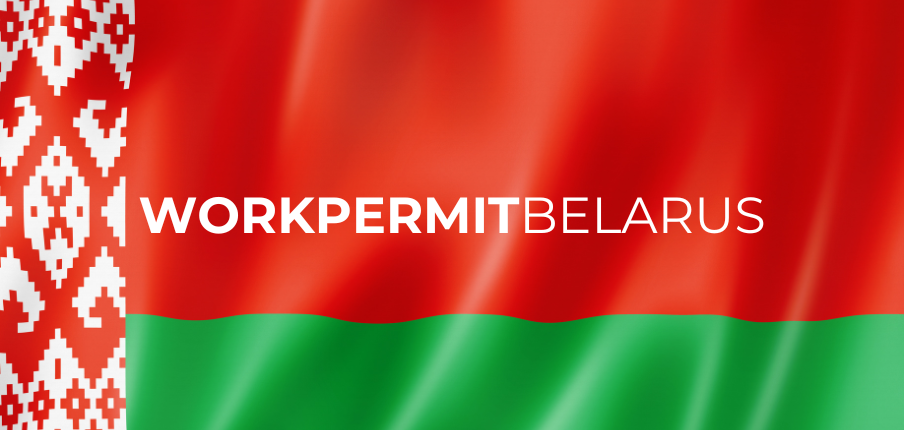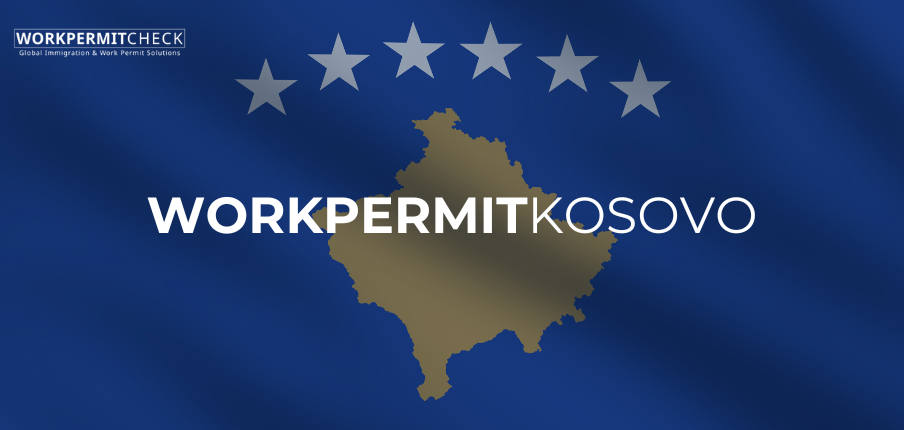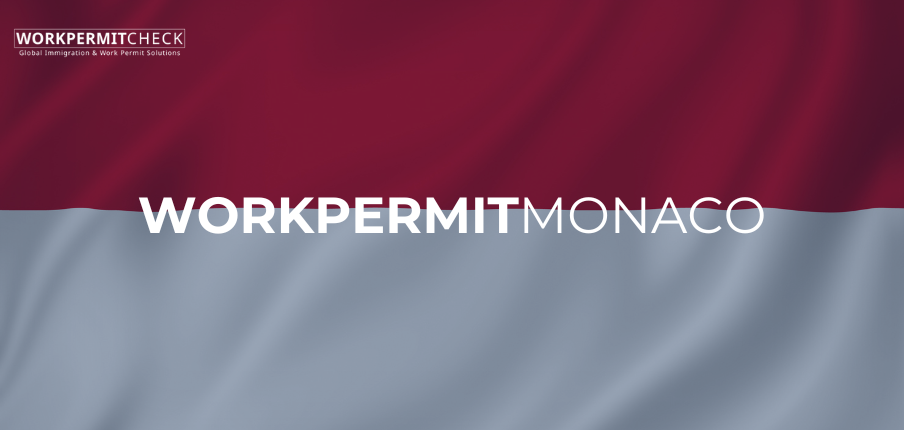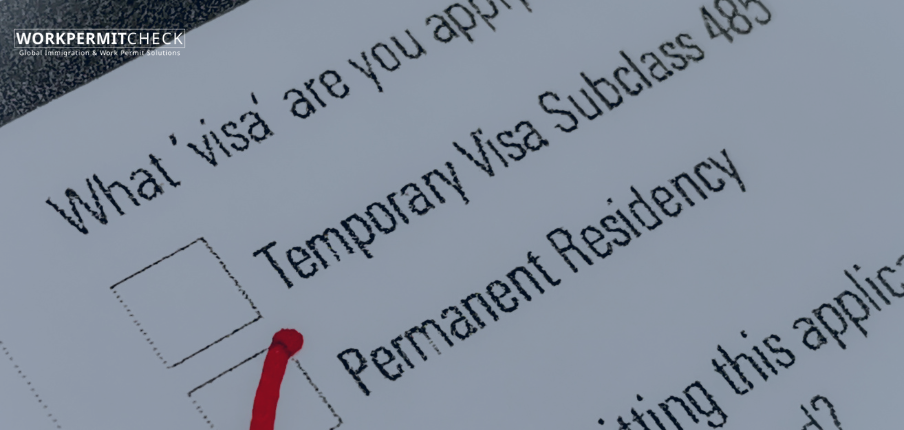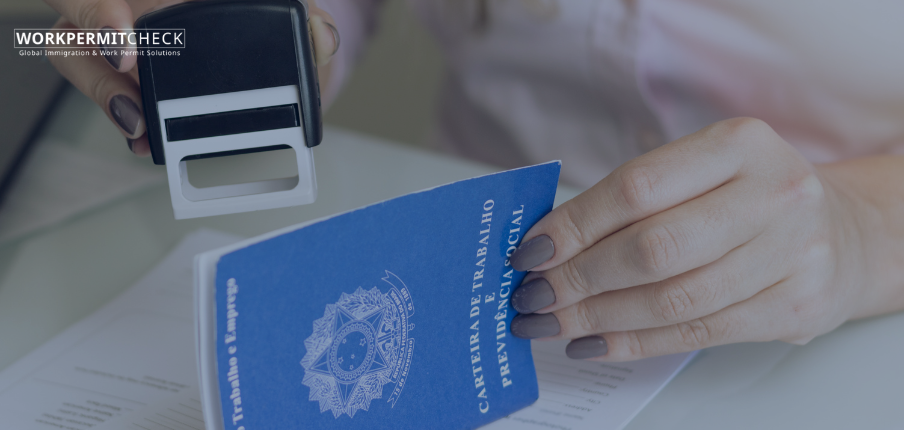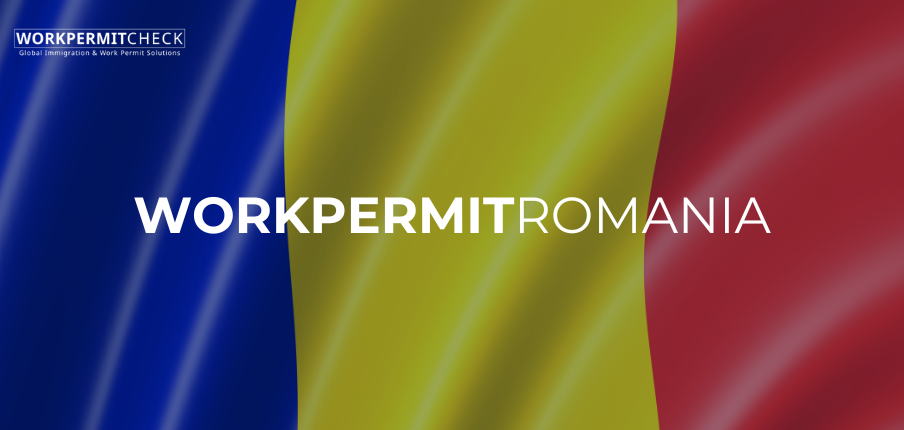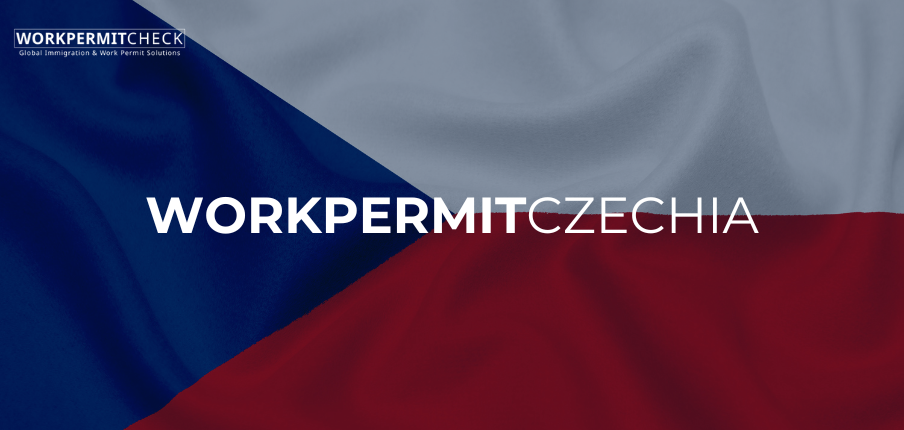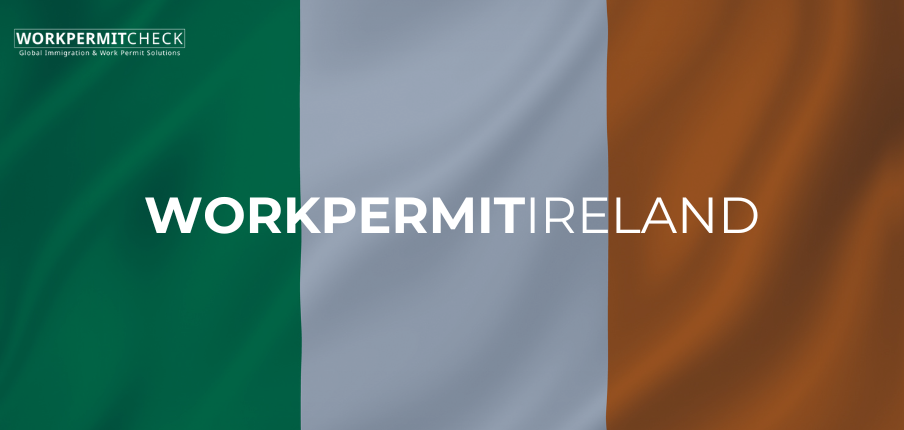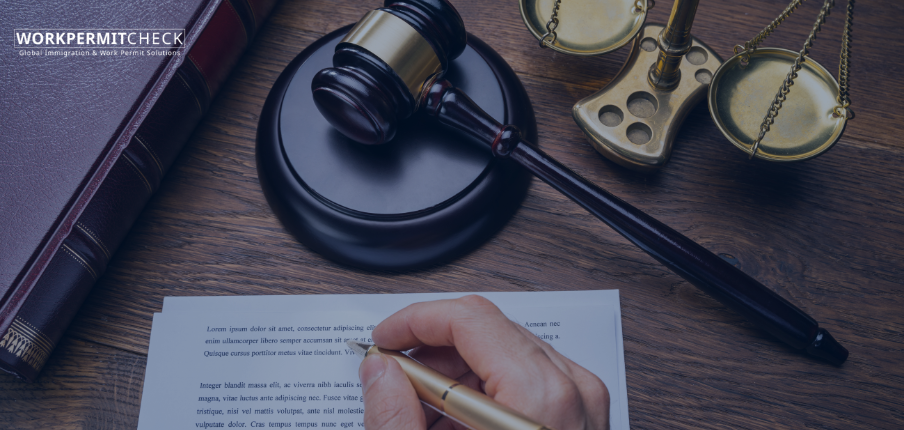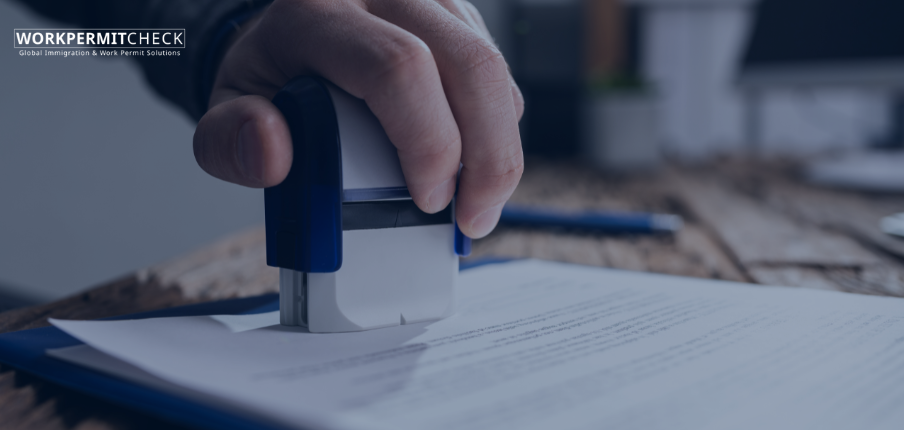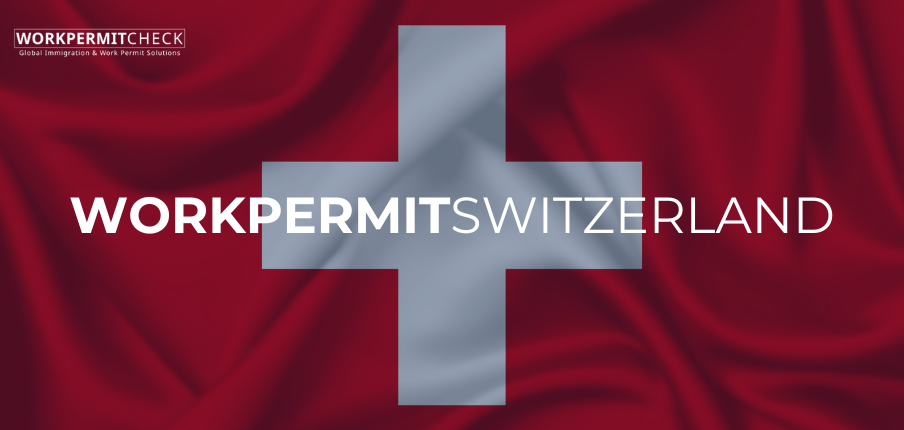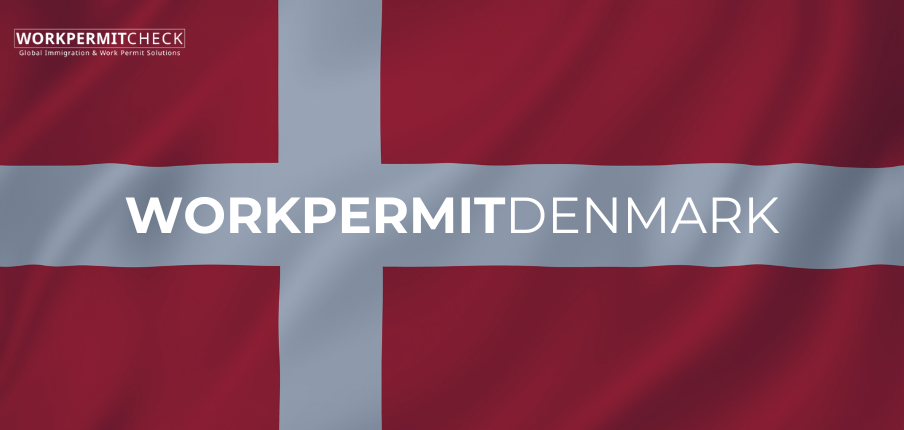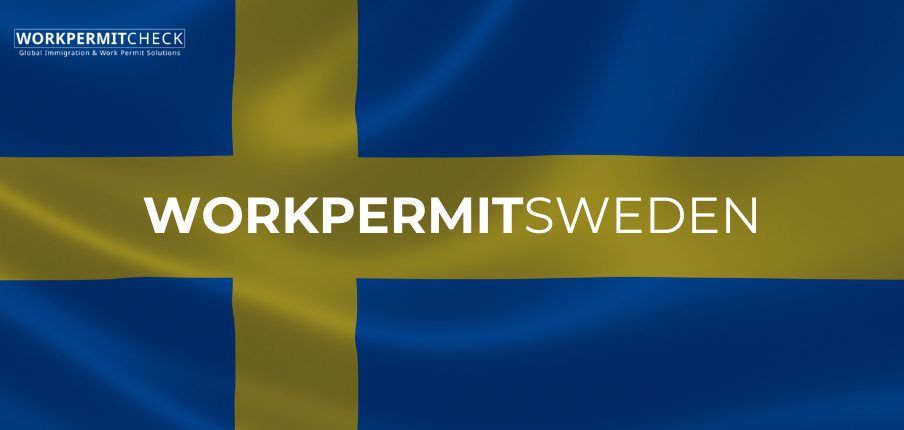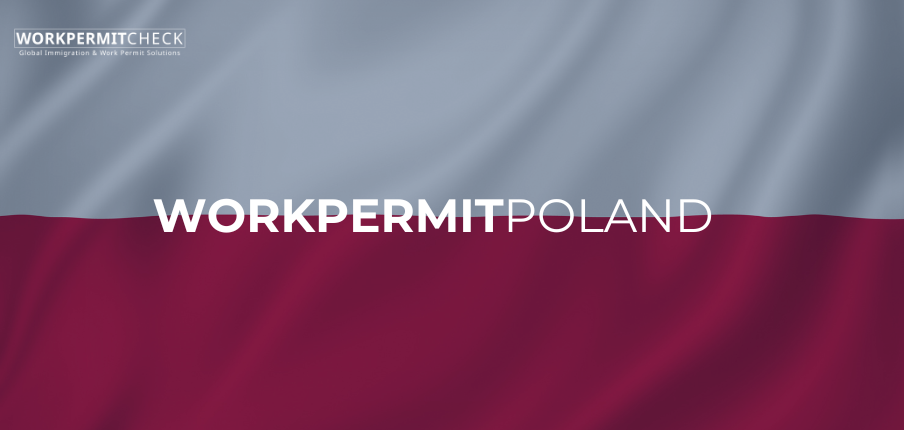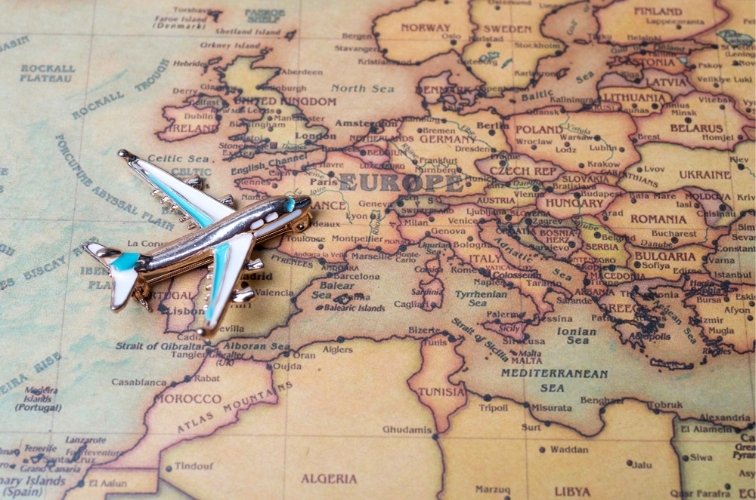Lithuania, a growing hub in the Baltic region, offers promising opportunities for foreign workers due to its expanding economy, strategic location, and openness to skilled international talent. If you're planning to work in Lithuania and you're a non-EU/EEA or non-Swiss national, obtaining a work permit is a crucial step. This guide will walk you through the process, requirements, and types of permits available.
Who Needs a Work Permit?
Foreign nationals from outside the EU, EEA, or Switzerland generally need a work permit to be employed legally in Lithuania. Citizens of EU/EEA countries and Switzerland can work freely in Lithuania without needing a work permit, although registration may still be required.
Types of Work Permits in Lithuania
Lithuania offers several types of permits depending on the nature of the job and duration of stay:
1. Standard Work Permit
Issued to foreigners who are offered a job by a Lithuanian employer. The employer must usually prove that no Lithuanian or EU citizen is available to do the job.
2. EU Blue Card
For highly qualified non-EU professionals. Applicants must have a higher education degree and a job offer that meets a certain salary threshold.
3. Intra-Company Transfer (ICT) Permit
For foreign workers transferred from a company outside the EU to a Lithuanian branch or subsidiary.
4. Seasonal Work Permit
For temporary or seasonal jobs, mainly in sectors like agriculture, hospitality, and construction.
Eligibility Criteria
To qualify for a Lithuanian work permit, you must typically meet the following conditions:
-
Have a job offer from a registered Lithuanian employer
-
Possess the qualifications, education, or experience required for the position
-
The employer must demonstrate that no local or EU candidate is available (for standard permits)
-
Comply with Lithuanian labor and immigration regulations
Documents Required
The following documents are generally needed during the application process:
-
Valid passport
-
Employment contract or job offer
-
Proof of qualifications (diplomas, certificates, etc.)
-
Curriculum Vitae (CV)
-
Health insurance valid in Lithuania
-
A completed application form
-
Criminal record certificate from your home country (in some cases)
-
Translation of documents into Lithuanian (if required)
Note: Additional documents may be required depending on the specific type of permit.
Application Process
Step 1: Job Offer from Lithuanian Employer
Secure a job offer from a Lithuanian employer who is willing to support your work permit application.
Step 2: Submit Work Permit Application
The application is generally submitted by the employer to the Lithuanian Employment Service. For certain permits, the application can also be made through the Lithuanian Migration Department or a diplomatic mission abroad.
Step 3: Wait for Approval
Authorities review the application to ensure that labor market requirements are met and documents are in order. Processing times can vary depending on the type of permit.
Step 4: Apply for a National Visa or Temporary Residence Permit
Once your work permit is approved, you may need to apply for a national (D) visa or a temporary residence permit, depending on the duration of your stay and work contract.
Step 5: Register with Migration Authorities
Upon arrival in Lithuania, you must register with the Migration Department and collect your residence permit (if applicable).
Validity and Renewal
-
Standard work permits are typically issued for one year and can be renewed.
-
EU Blue Cards are issued for up to three years and are renewable.
-
The permit is valid only for the specific job and employer. If you change jobs, a new application may be required.
Can Family Members Join?
Yes, family members (spouse and minor children) of a foreign worker holding a valid residence permit can apply for residence permits in Lithuania under family reunification rules.
Final Tips
-
Ensure that all submitted documents are translated and properly legalized if required.
-
Apply well in advance of your intended start date to avoid delays.
-
Seek legal assistance or consult Lithuania’s Migration Information Centre for guidance if needed.



